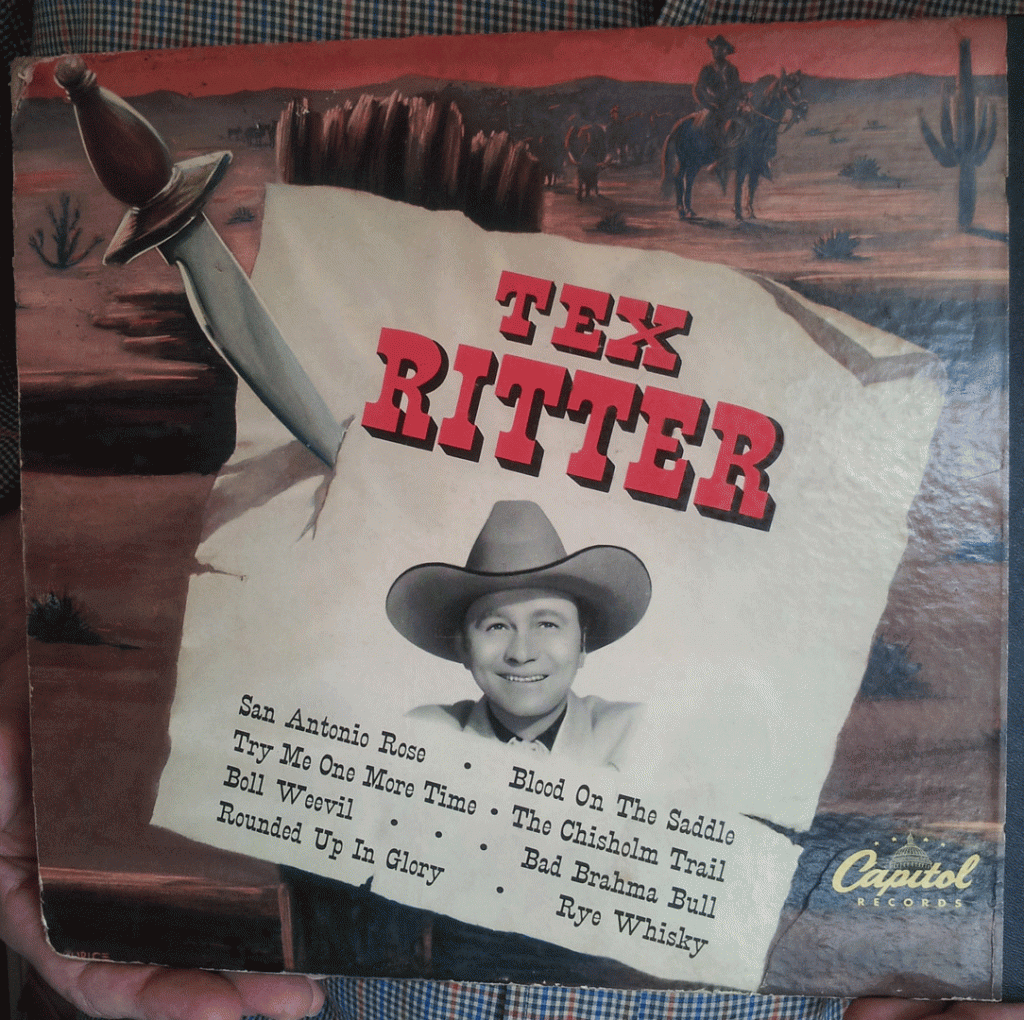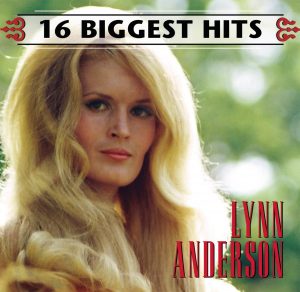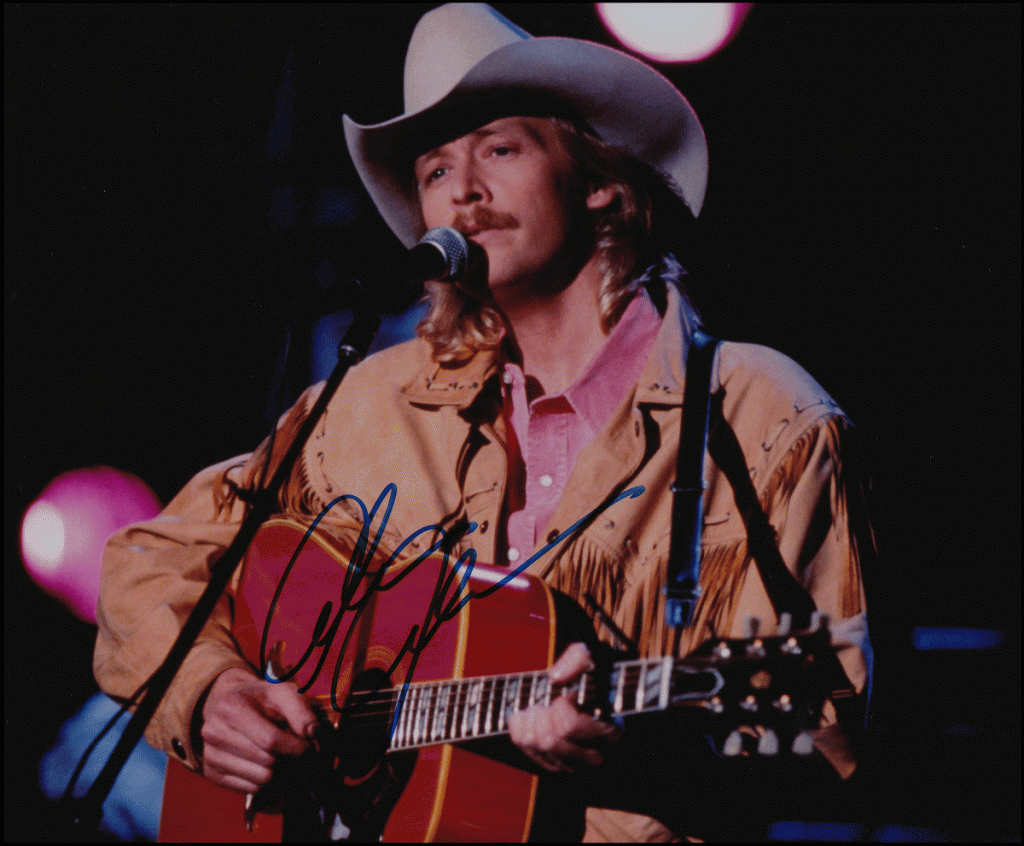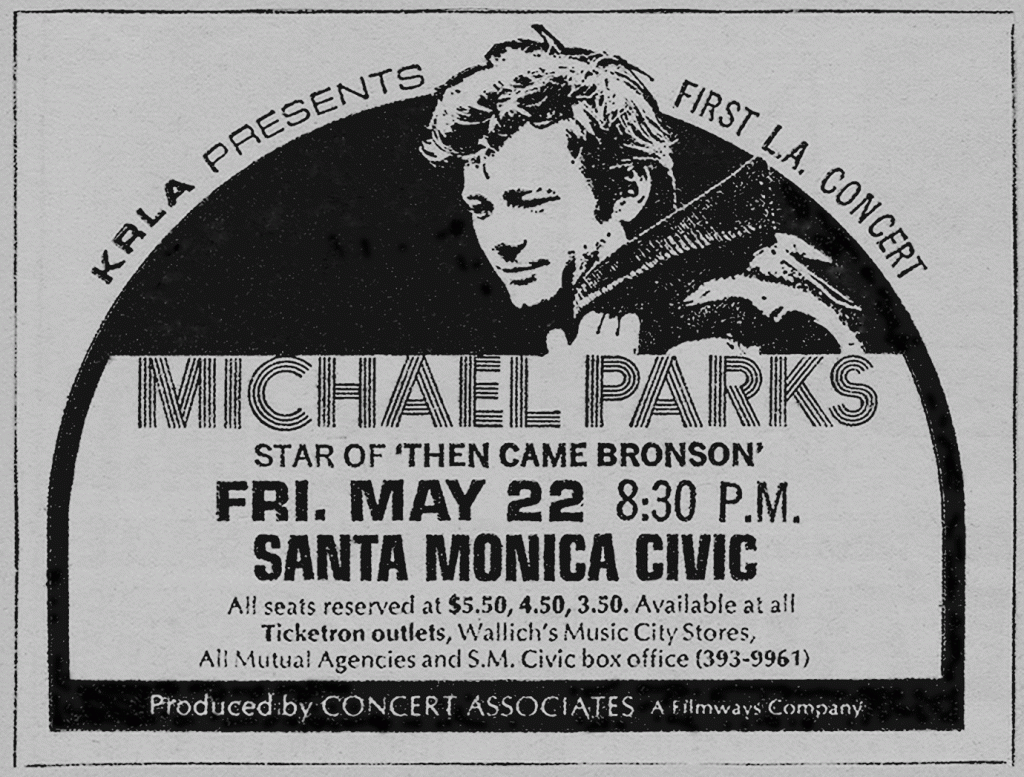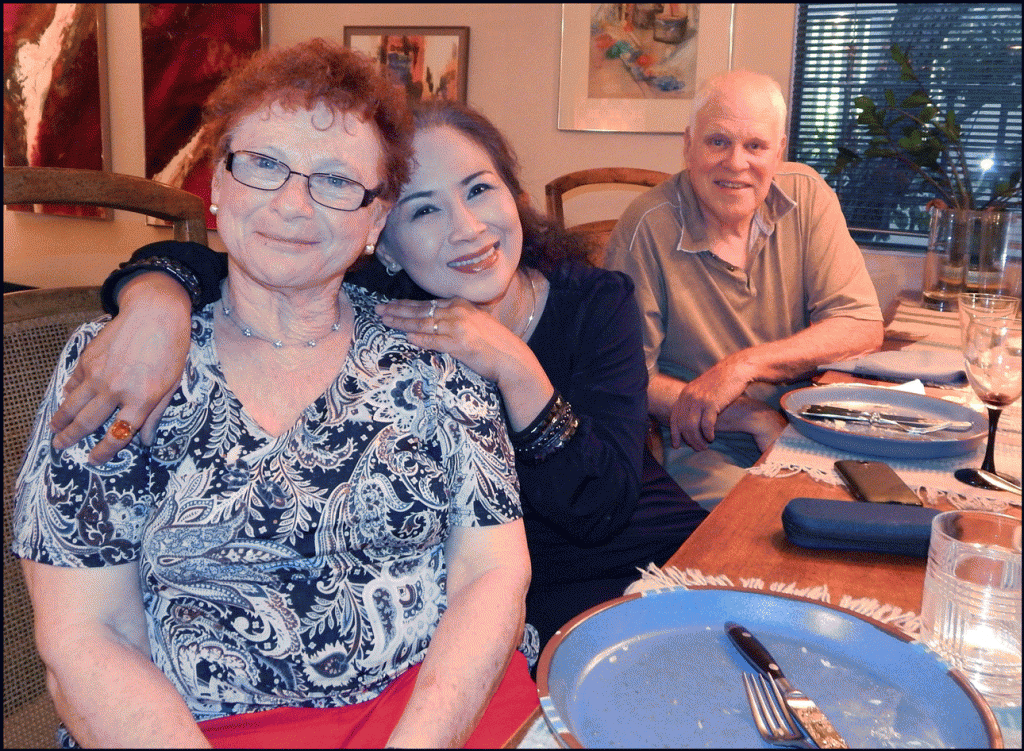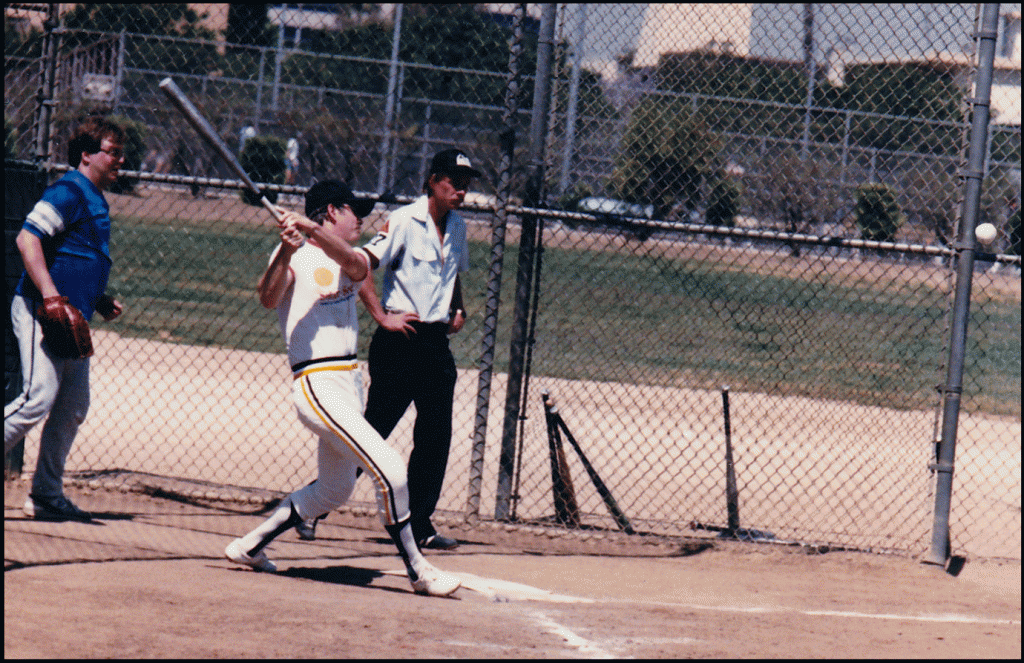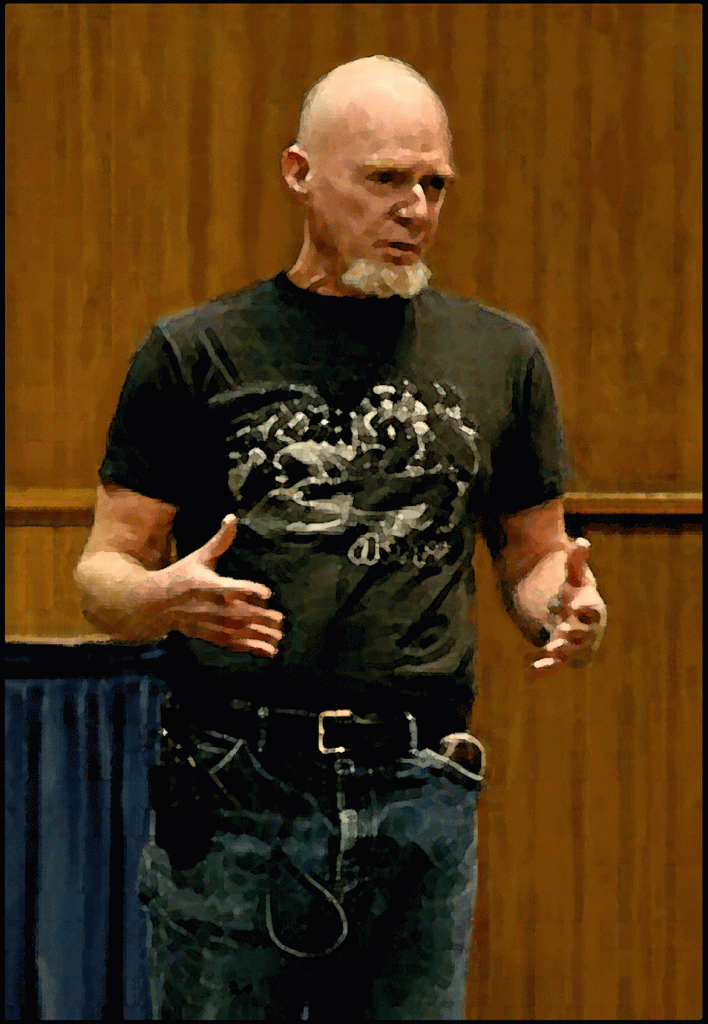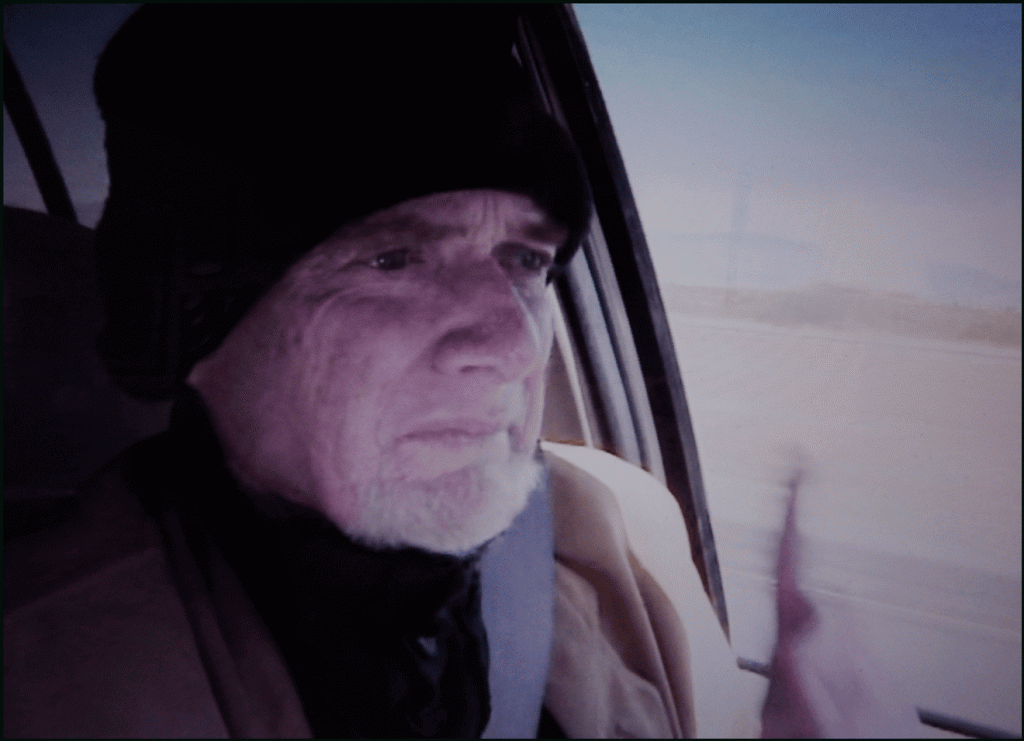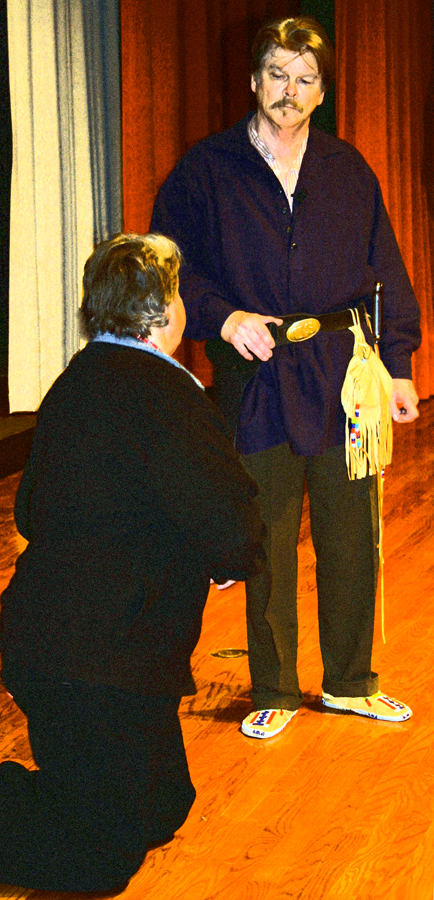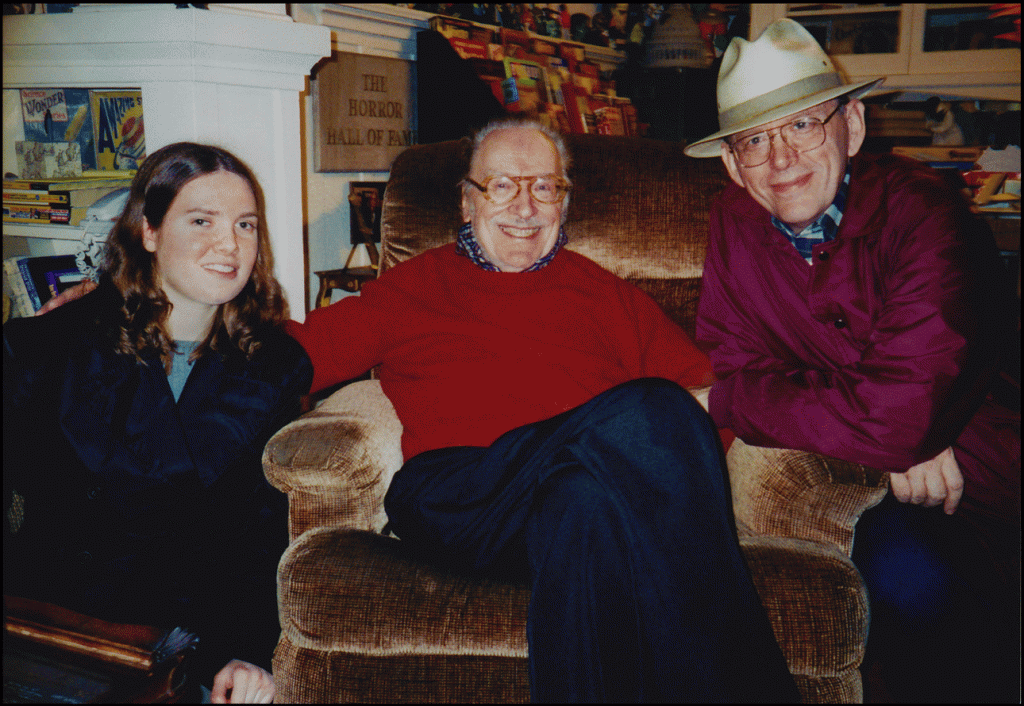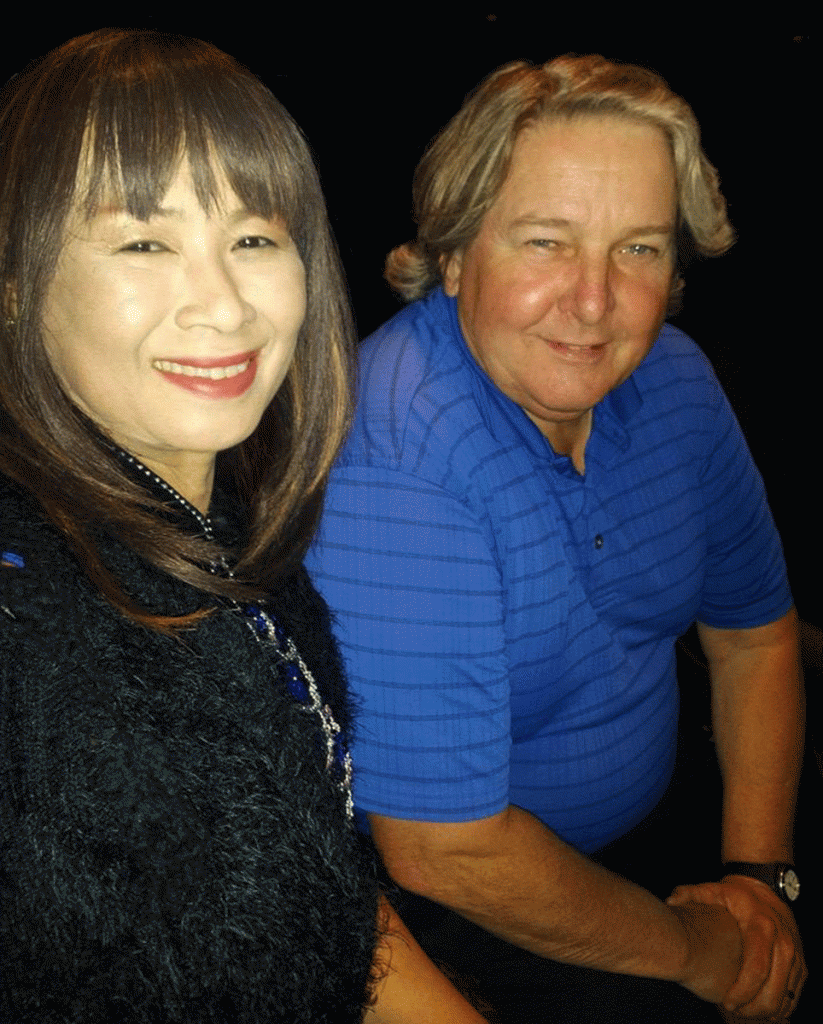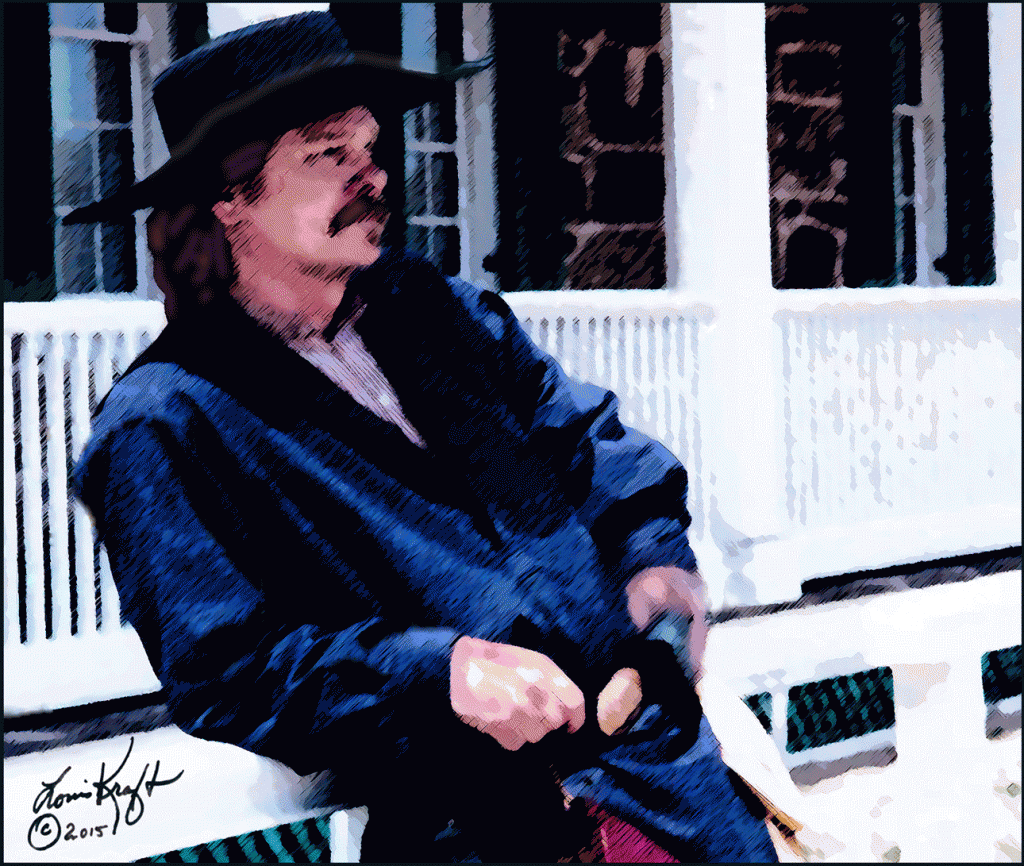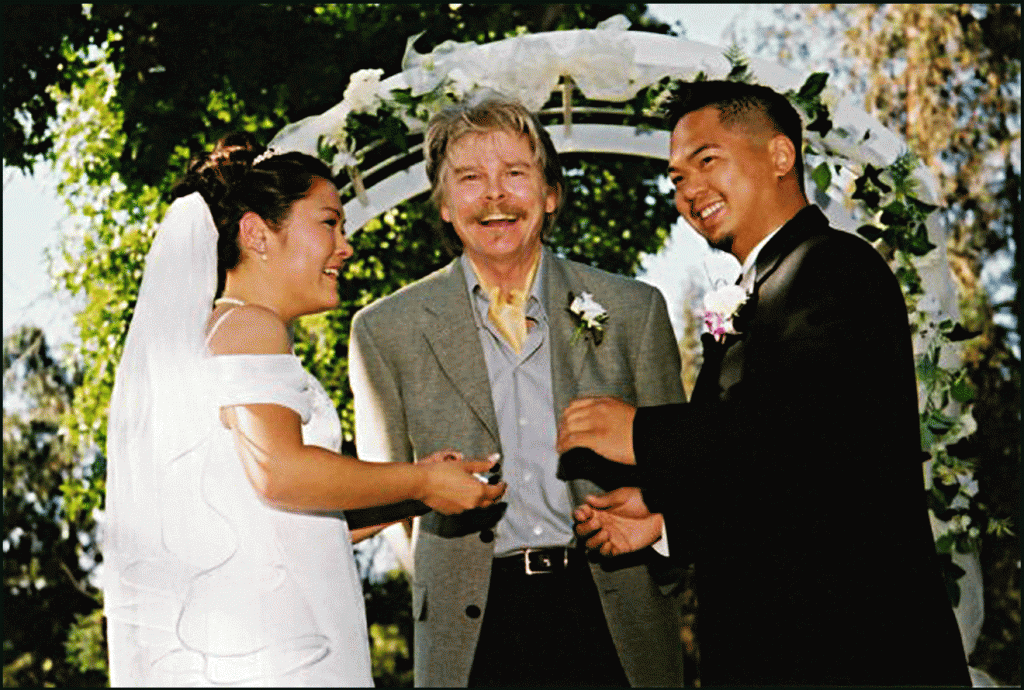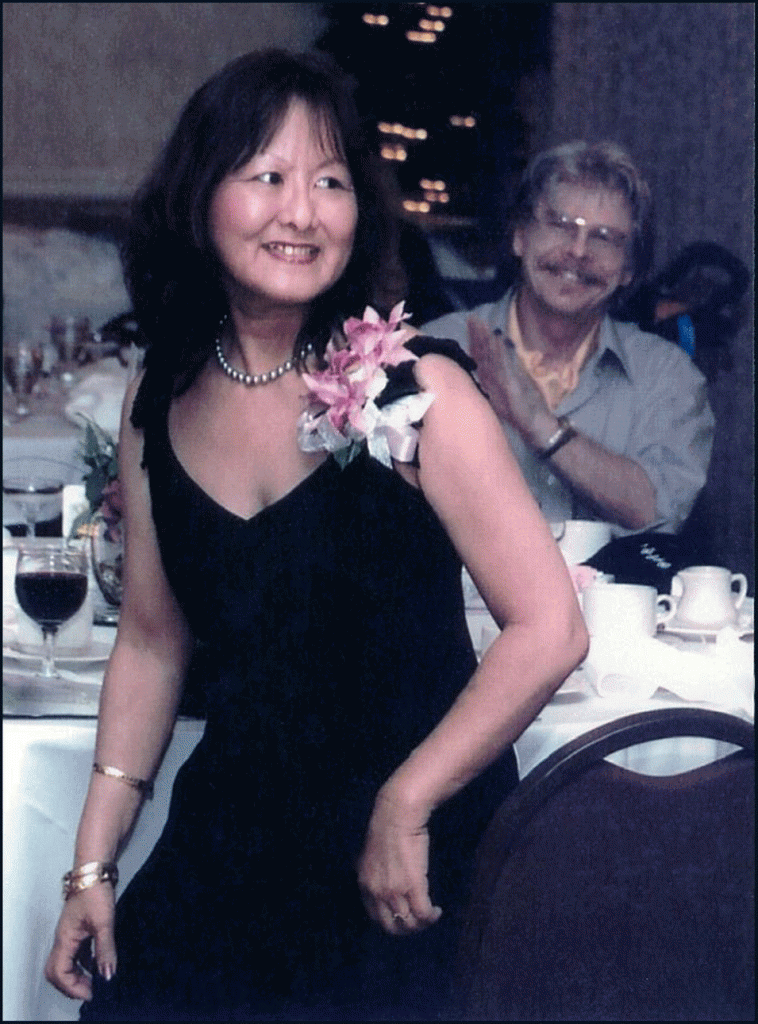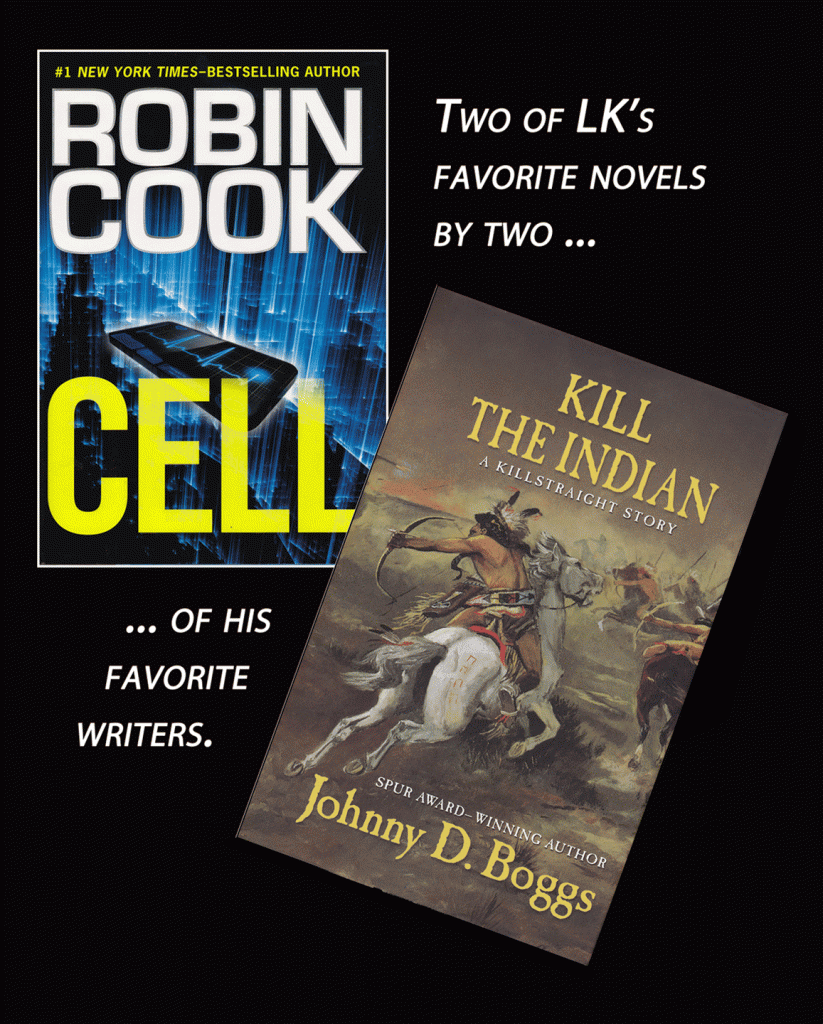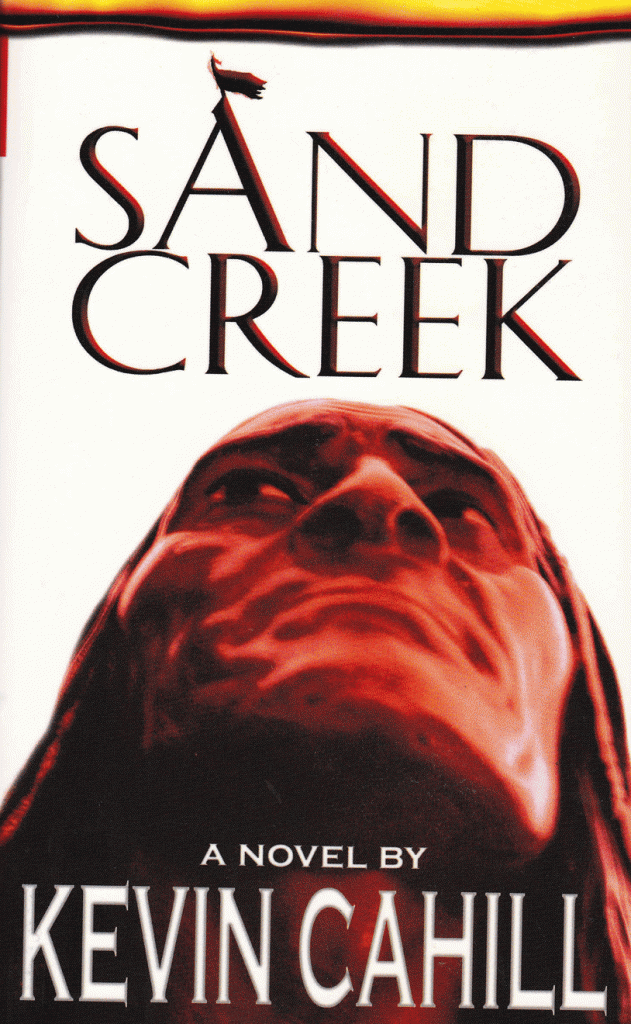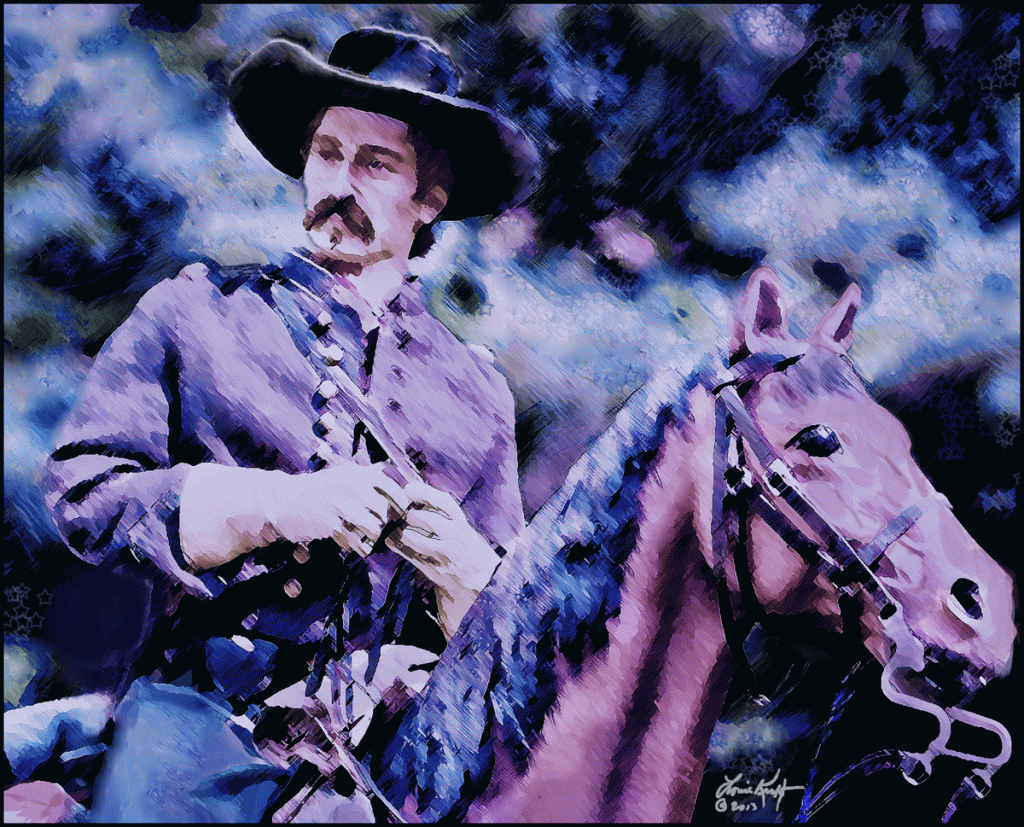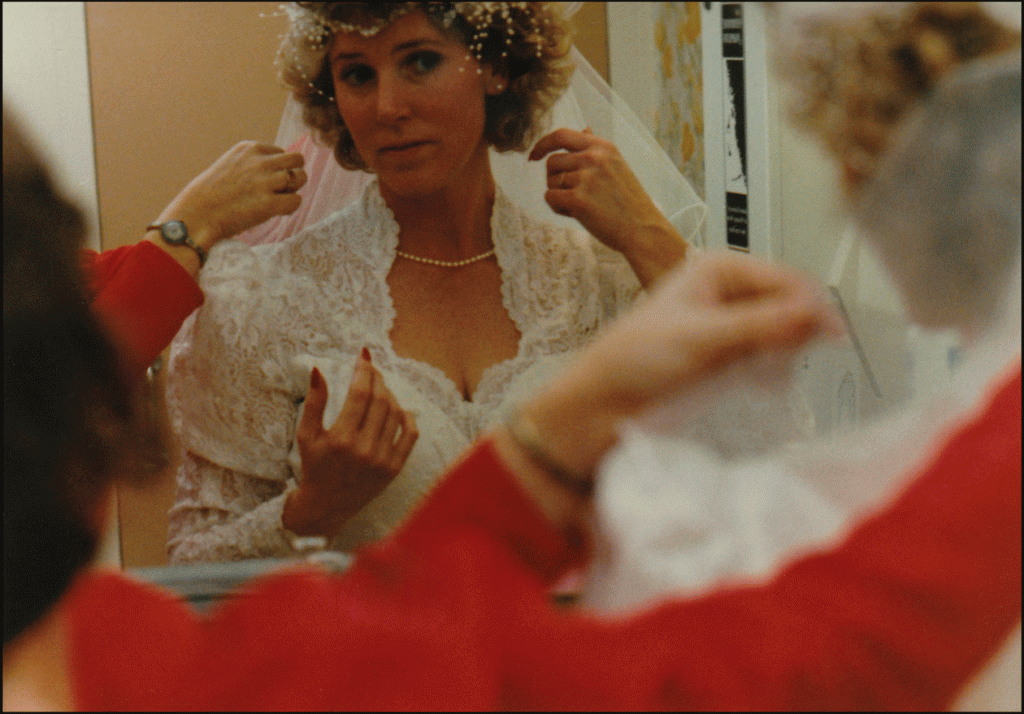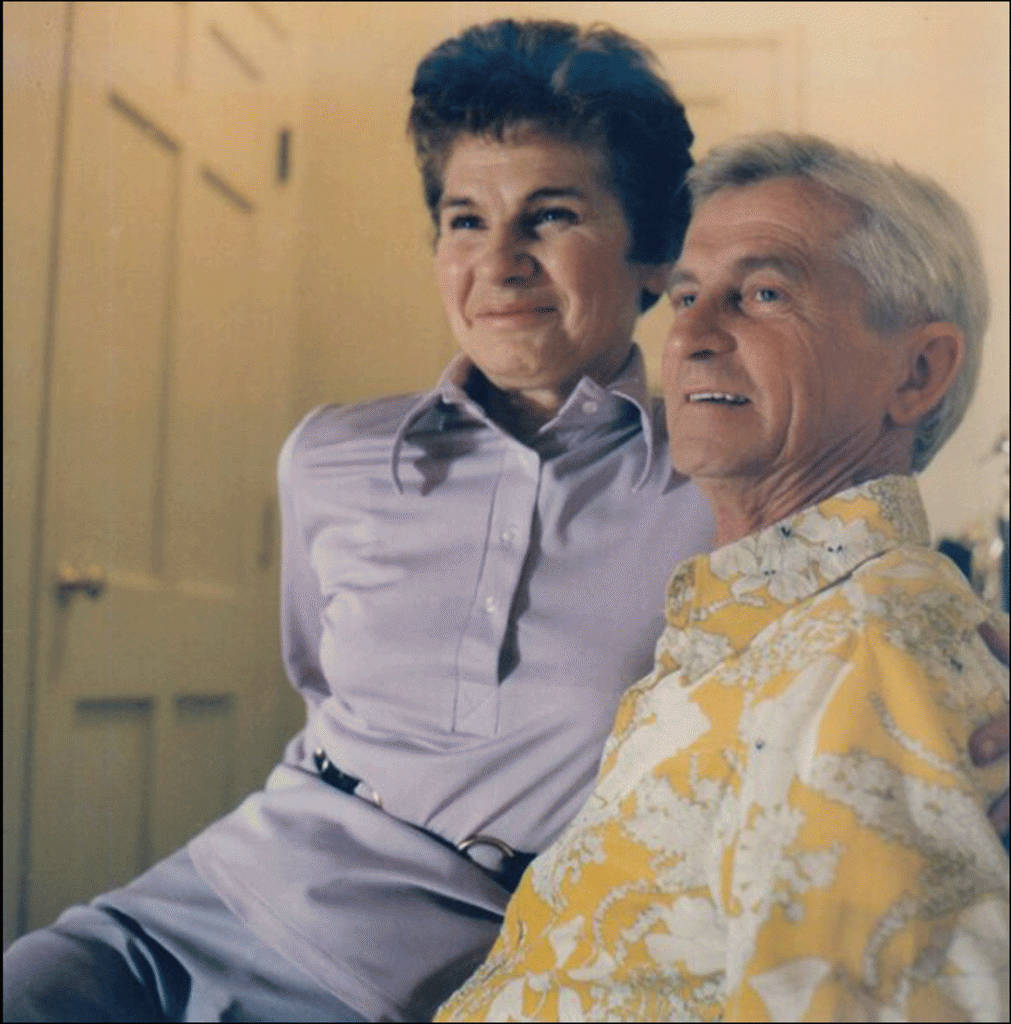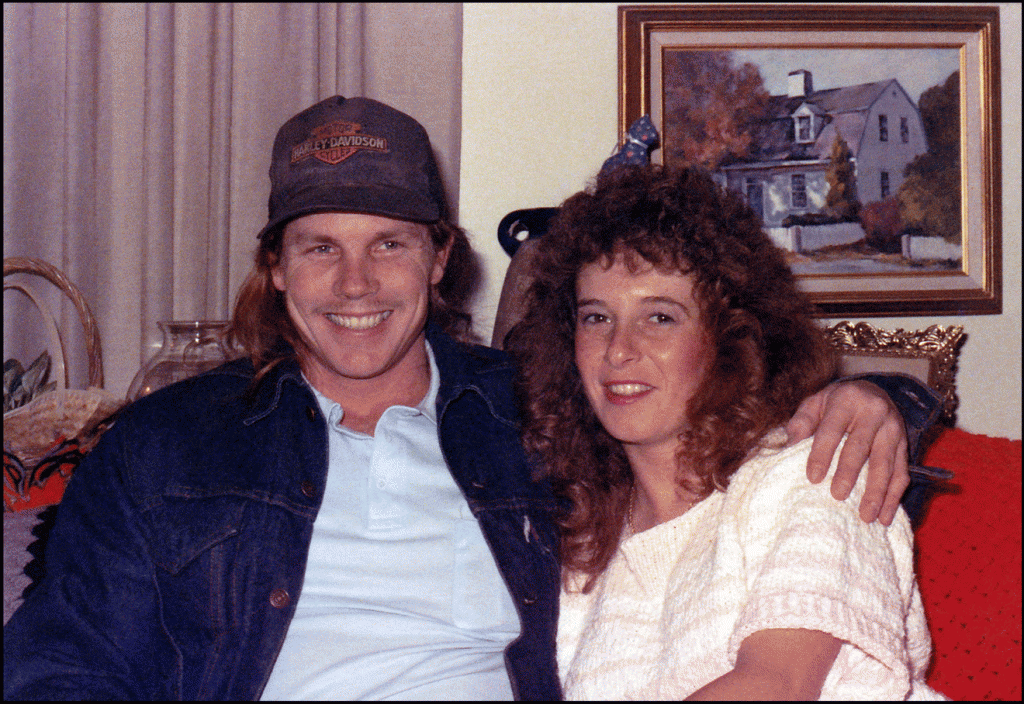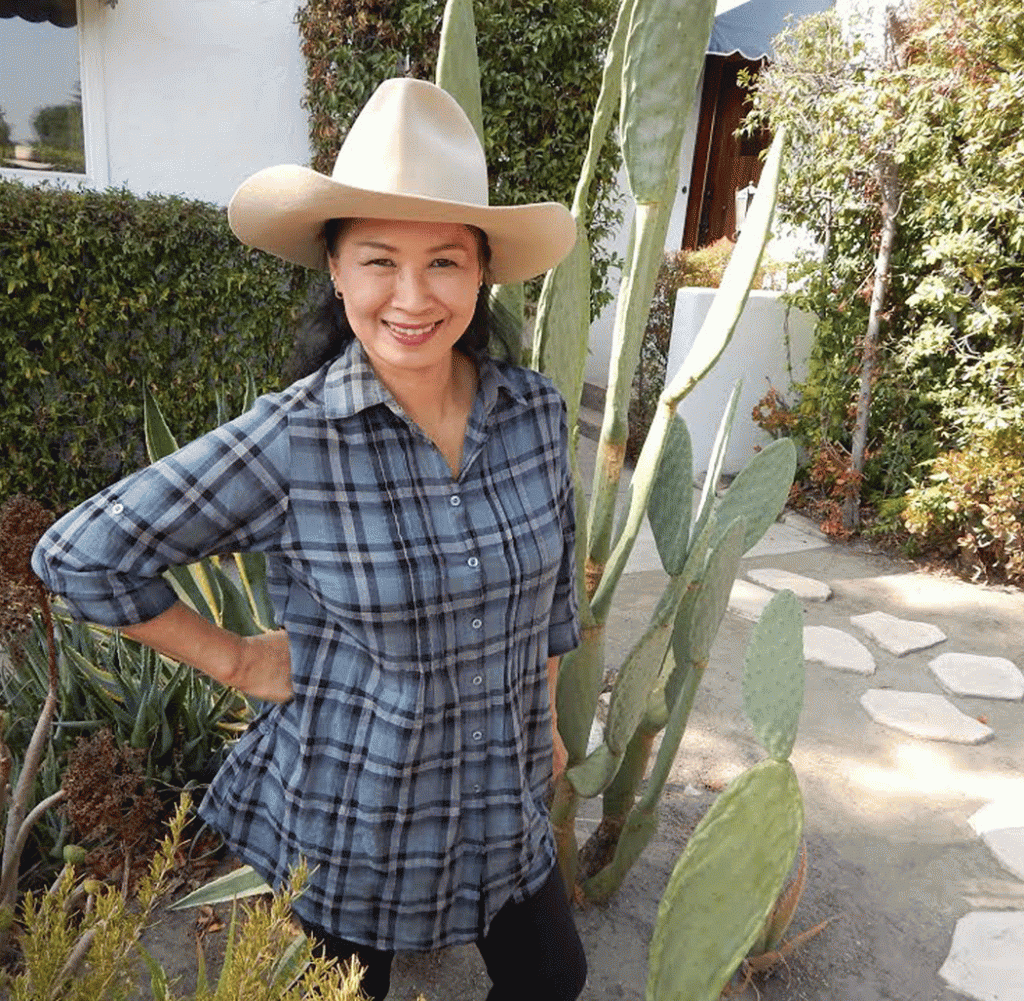The song remembers when …
Posted on February 9, 2016
Website & blogs © Louis Kraft 2013-2020
Contact Kraft at writerkraft@gmail.com or comment at the end of the blogs
|
My apologies for the long delay. Warning: This blog will wander in and out of my mind. |
Songs and memories
I think the best place to start is with Tricia Yearwood’s song.
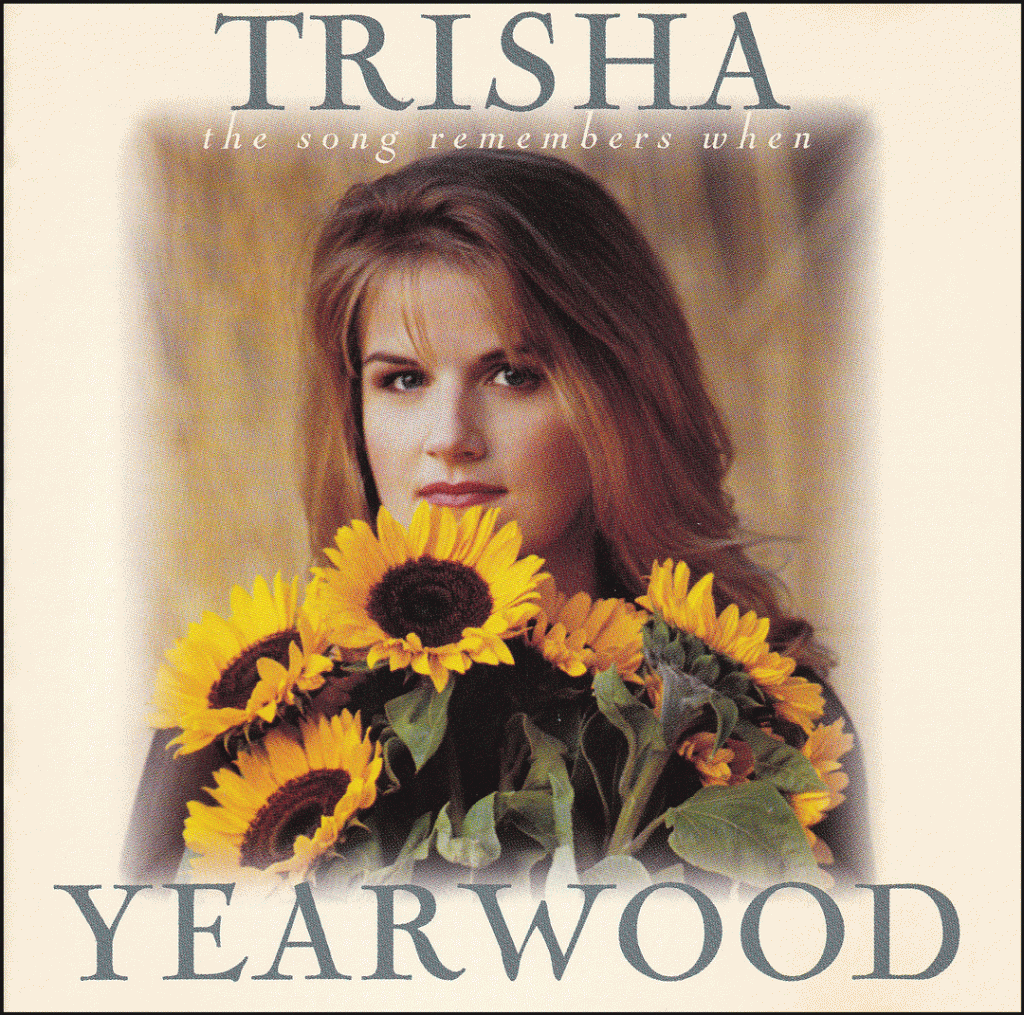 Yep, you guessed it: Her hit song, The Song Remembers When. It was released on an album that used it as its title in 1993. When I first heard the song on the radio, I said, “Yes! Yes, songs do remember when.”
Yep, you guessed it: Her hit song, The Song Remembers When. It was released on an album that used it as its title in 1993. When I first heard the song on the radio, I said, “Yes! Yes, songs do remember when.”
I’m not a big fan of Trisha’s music, but her song (written by Hugh Prestwood) was dead-center with its focus and meaning. At least for me. Songs have always connected with me and my life. They have made me cry and laugh, they have made me contemplate who I am, they have been a call to action, and they have been melancholy. More important, they drive my life, and this isn’t a vacant comment for each day music and other impetus drives me toward my goals, which might range from spending time with my daughter to writing prose that at least I think is important to holding my lady.
That was then, … the following is now
My life has always been a juggle. … What is the next book or article or talk or play? I hate lists, but this type of list has always been with me. Always.
For the record, although I assume most of you realize that the blogs have been twofold: Publicity for Kraft projects and research for the LK memoir. Without pounding my chest, I’ve exceeded my hopes for both reasons of creating a blog. Instead of my world shrinking, which it has in real life, it has grown in the world of my writing. The people that have found me have blown me away. They, and you, have given me reason for living and pursuing what I do.
Male influences in my life …
This I can almost count the influential people in my life on my fingers. The pirate Francis Drake, actor Errol Flynn, soldier George Armstrong Custer, actor and singer Michael Parks, singer and songwriter John Lennon, along with my father Louis J. Kraft and my brother Lee Kraft. I think that these fellows sum it up, for they are responsible for who I have become (along with living life, which meanders all over the place). Oh, there are some late comers, such as Charles Gatewood, Geronimo, and the Apache Indians; Ned Wynkoop, Black Kettle, and the Cheyenne Indians. When I add my walk through life with people of all colors, races, religions, and politics … I guess that all I’m talking about here is that we are all people, and that if we cannot coexist perhaps someday there won’t be any people.
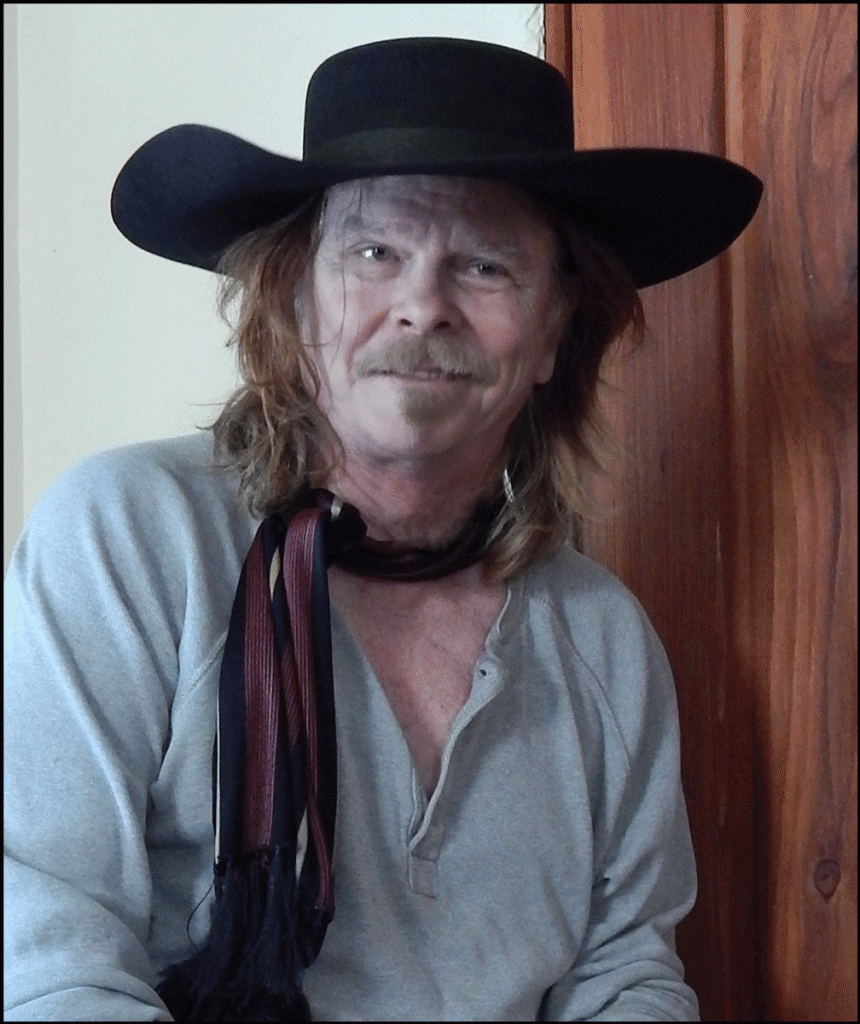
I won’t live to see this (and I’m glad that I won’t).
LK as Wild Bill Hickok (left); someone I really want to play on the stage. Time will tell. But first I must deal with taxes, see the publication of The Discovery, prepare for Pailin’s and my second (and final) Green Card interview, and deliver a 135,000 word Sand Creek and the Tragic End of a Lifeway manuscript to my publisher on October 1, 2016. My days are long now, and they are getting longer. (photo © Louis Kraft 2015)
I’m drifting from music, but not far. At the end of the 1960s the pilot for Then Came Bronson aired on U.S. television. In it, loner Michael Parks and runaway bride Bonnie Bedelia sang Wayfarin’ Stranger while various film angles watched them ride a Harley Davidson over the open expanse of the American West. It instantly became my favorite song, eclipsing everything by Tex Ritter, Patsy Cline, Willie Nelson, Frankie Laine, or Elvis Presley. And it still is today. There are only two singers that I listen to more than Parks, and they are John Lennon and Alan Jackson.
Enter Ry Cooder’s magnificent film score for Geronimo: An American Legend (1993), and I had an instrumental version of Wayfarin’ Stranger. These two versions of one song will be with me until the end (and beyond).
LK’s music scope swells and shrinks as time passes
The singers that I like ranges from those mentioned above to Waylon Jennings to Janis Ian to Dido to Laura Branigan to Kris Kristofferson to Bob Dylan to Norah Jones to Johnny Cash to George Harrison to Rihanna and Rhiannon Giddens.
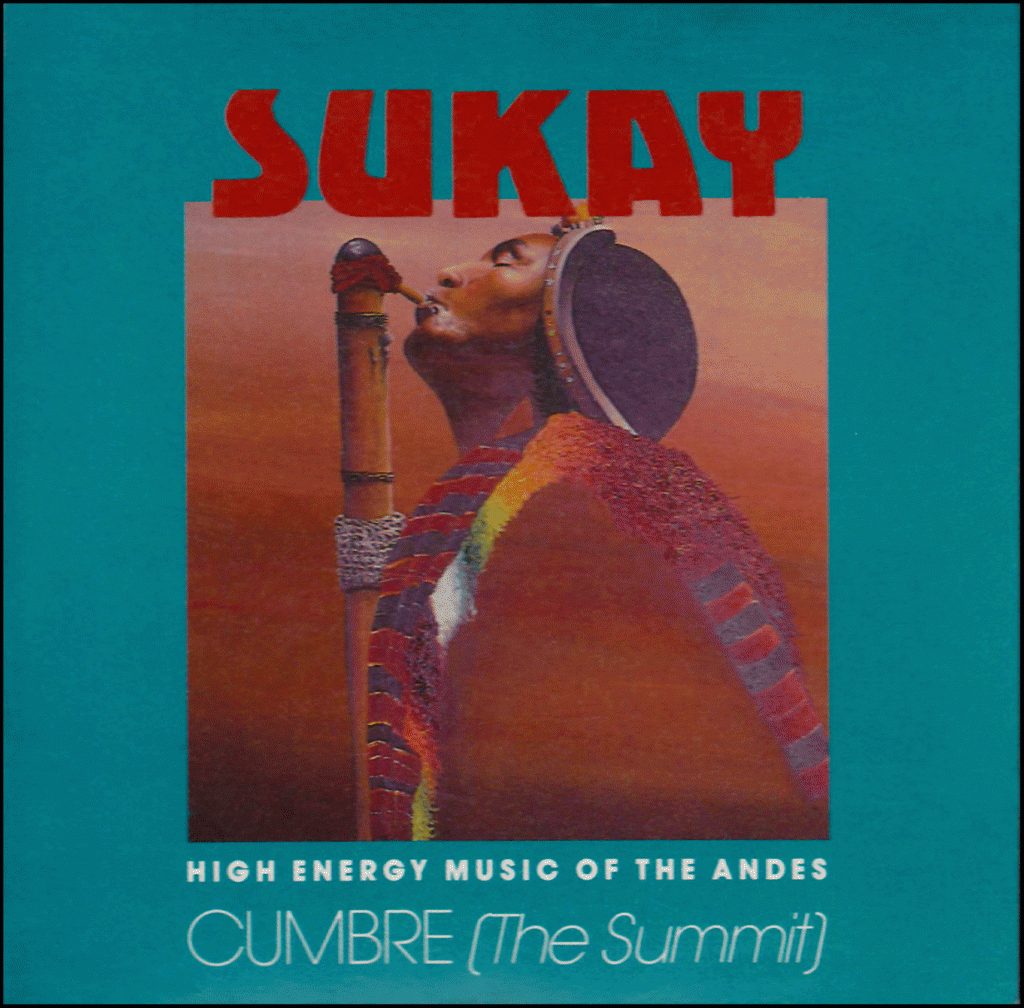 There are other types of music that I also like and often listen to while working. Sukay was a group that performed what they call Andean music using instruments native to the Andes Mountains (I have a fair selection of Andean music by them and others). I love Sukay as their sound—instrumental or instrumental and vocal—is the most alive music that I’ve ever heard. Alas, I never got to see them perform in the USA.
There are other types of music that I also like and often listen to while working. Sukay was a group that performed what they call Andean music using instruments native to the Andes Mountains (I have a fair selection of Andean music by them and others). I love Sukay as their sound—instrumental or instrumental and vocal—is the most alive music that I’ve ever heard. Alas, I never got to see them perform in the USA.
Ry Cooder also sings (many of his vocals don’t impress me, but I cherish his Cuban music). I’ve mentioned Cooder’s Geronimo: An American Legend above, but I certainly need to name other film composers such as Max Steiner, Erich Wolfgang Korngold, and the recently deceased James Horner (who tragically died in 2015). I believe that the composers of film scores are the classical composers of our time (at least to me). Of the classical composers, Nikolai Rimsky-Korsakov is by far my favorite.
 It goes without saying that I cherish Native American flute music; my favorite is N. Carlos Nakai, and I have seen him perform in concert. When he performs traditional or original music or mixes traditional Native music with another culture, such as Japanese, I’m in heaven (but I’m not fond of his Jazz).
It goes without saying that I cherish Native American flute music; my favorite is N. Carlos Nakai, and I have seen him perform in concert. When he performs traditional or original music or mixes traditional Native music with another culture, such as Japanese, I’m in heaven (but I’m not fond of his Jazz).
Chinese flute has always been a favorite of mine, as has been traditional Thai (recently discovered due to a very special person named Pailin), and mid-Eastern and African music. I can’t tell you how often someone has visited Tujunga House and demanded that I stop playing ethnic music. The soundtrack for the offbeat 1998 Kate Winslet film Hideous Kinky was one such instance. The story took place mostly in Morocco and had a mix of rock (such as Jefferson Airplane’s White Rabbit and Richie Havens’ version of George Harrison’s great Here Comes the Sun) to Moroccan and indigenous music from North Africa. I turned off the album, but struggled to keep my mouth shut. (You don’t need to hear my comment about this; perhaps in a future blog.)
There isn’t enough space in this blog to talk about all of the mentioned creative artists below. The plan is to focus on songs and scores that have had an impact on my life and memories.
The baritone from Texas
I grew up on music, loud music on 78 RPM records. Patty Paige, Doris Day, Frankie Laine, and country singers Eddie Arnold and Jack Guthrie, some Gene Autry, but no Roy Rogers. Years later my mother told me that she and all her girlfriends swooned over Frank Sinatra during WWII. I don’t remember any of Frank’s 78s but Bing Crosby was big time in our house while I was young.
I’ll tell you who was king … Tex Ritter.
His music, which dated back to when my parents were young, includes some of my favorites: Rye Whisky, Boll Weevil. and Rounded Up In Glory. Years would go by before I realized how great his Blood on the Saddle was. During those early days we had a small TV set that played its programming on a green screen. I was glued to it, and loved Tex’s singing cowboy films. When I was about five my mother asked me what I wanted to be when I grew up. “I want to be like Tex and ride a white horse and shoot bad guys.” She quickly spoiled my ambition, telling me that he was an actor and didn’t shoot anyone, that it was just make believe.
This revelation didn’t spoil Tex for me. Actually his impact on me had just begun.
A short diversion …
This is necessary to give you an idea of where I’m headed.
I grew up on Tex Ritter music. Many of his songs hit home with me when I was a boy and they still do decades after his death in 1972. There are only a handful of singers who grab my inner soul with their music. Tex was, and still is, one, as are Parks, Lennon, Jackson, Cline, Jennings, Kristofferson, Cash, Branigan, Ian, and Nelson, among others.
Michael will be with me until I die; so will be John and Alan but for different reasons that are close.
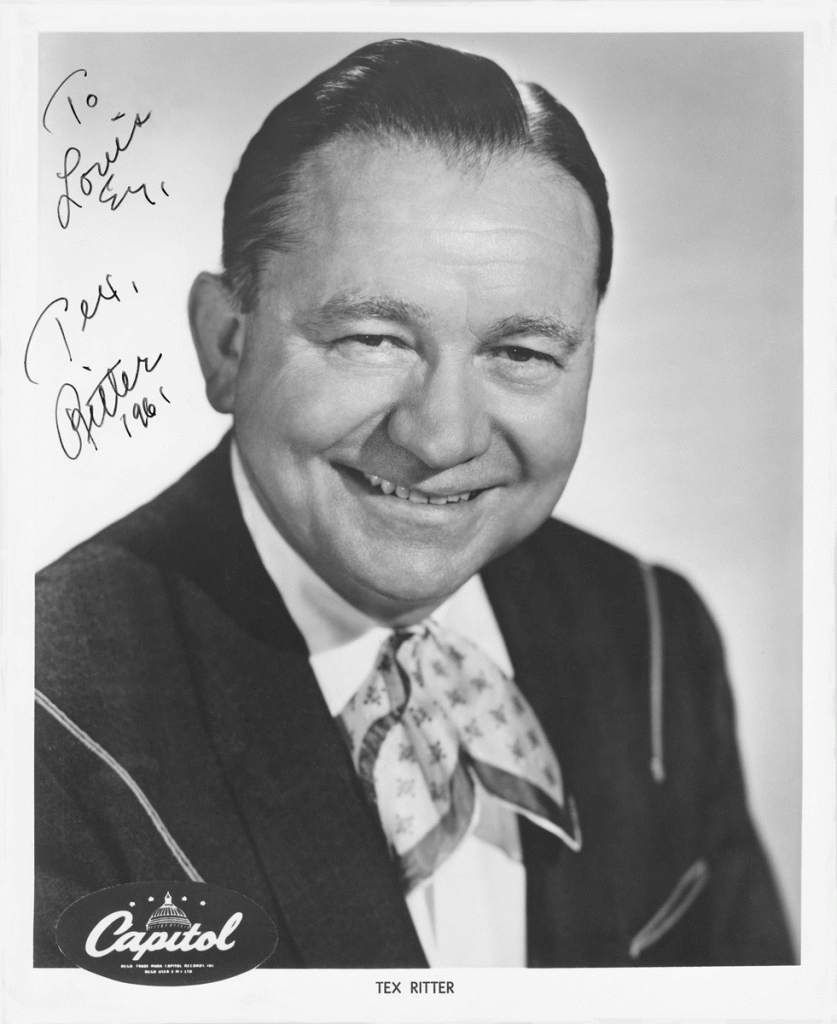
While in junior high school a good friend my family, Lucille Ricks, obtained two signed photos of Tex dedicated to me. I’ve already posted one of the images on a blog. Here’s the other.
Back to Tex
I’ve talked about Tex Ritter in other blogs, but I didn’t really deal with his music. There is one song, The Cookson Hills, that was only released on a 45 rpm record. Hopefully I’ll fix this, as the time since I last heard the song is so long in the past that I don’t know why this song still grips me. Honestly, I don’t remember the tune or the lyrics (other than they were haunting). Yes, I have a quest to again hear this song.
Almost all of the cuts from Ritter’s great album, “Songs from the Western Screen,” including Remember the Alamo, The Searchers, The Bandit (of Brazil), and Wichita are treasures. One of my all time favorites is Cielito Lindo, which Tex included on an album that he sang completely in Spanish called “Border Affair.” Believe it or not, he also did a country-Jazz album with Stan Kenton.
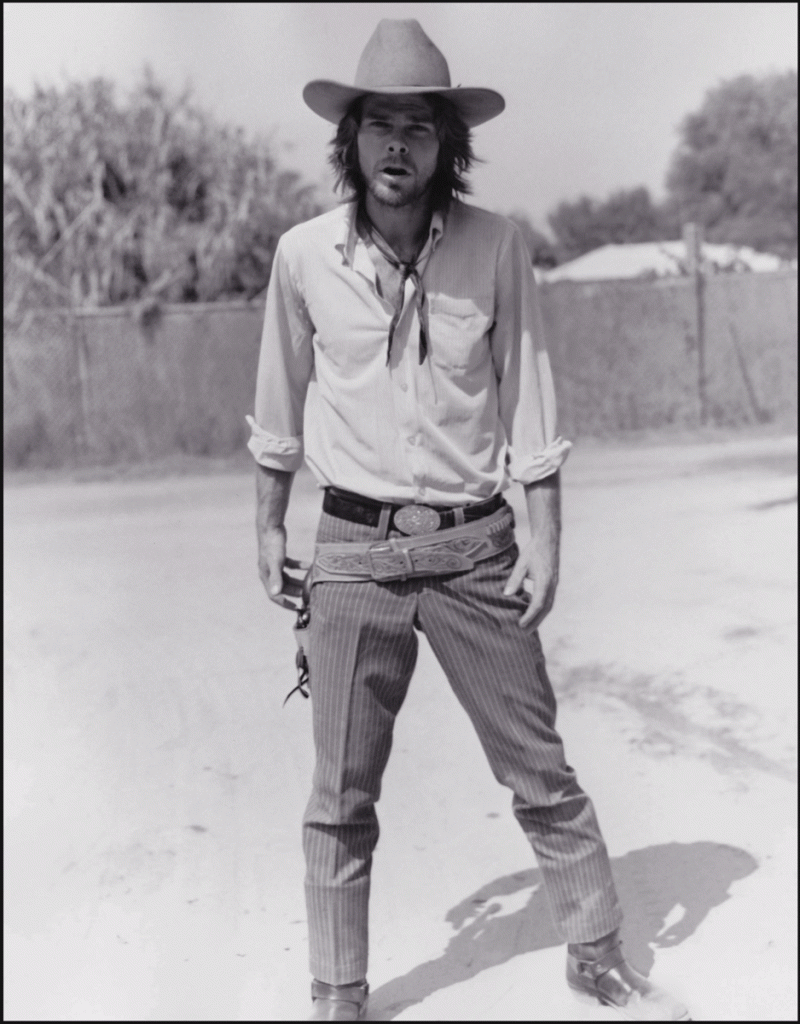
LK as a gunslinger in 1973 (a year after Ritter’s death). Certainly Tex influenced me, but so did Errol Flynn and some of the other westerners from the golden age of cinema. Looking at this image, Clint Eastwood and his spaghetti westerns (and what came later) also did. Heck, what goes around comes around; my hair today looks like it did in this image. (photo © Louis Kraft 1973)
Tex’s music added love and loneliness, heroism and tragic defeat, life and death to my early life.
I was lucky to see him perform at the famed Palomino Club (North Hollywood, Calif.) around 1969 (and then about two years later at Disneyland). My father, mother, future wife, and I had a table on the dance floor at the Palomino. It was perhaps fifteen feet from the tiny stage where Tex and his band performed.* The entire environment was intimate (past tense, for this great club is long gone as the cost of bringing in top-notch performers became cost-prohibitive when salaries skyrocketed). I danced a few feet from where Tex sang. When he took breaks I was able to shake his hand and chat with him.
* I also saw Waylon Jennings and Charlie Pride perform at the Palomino.
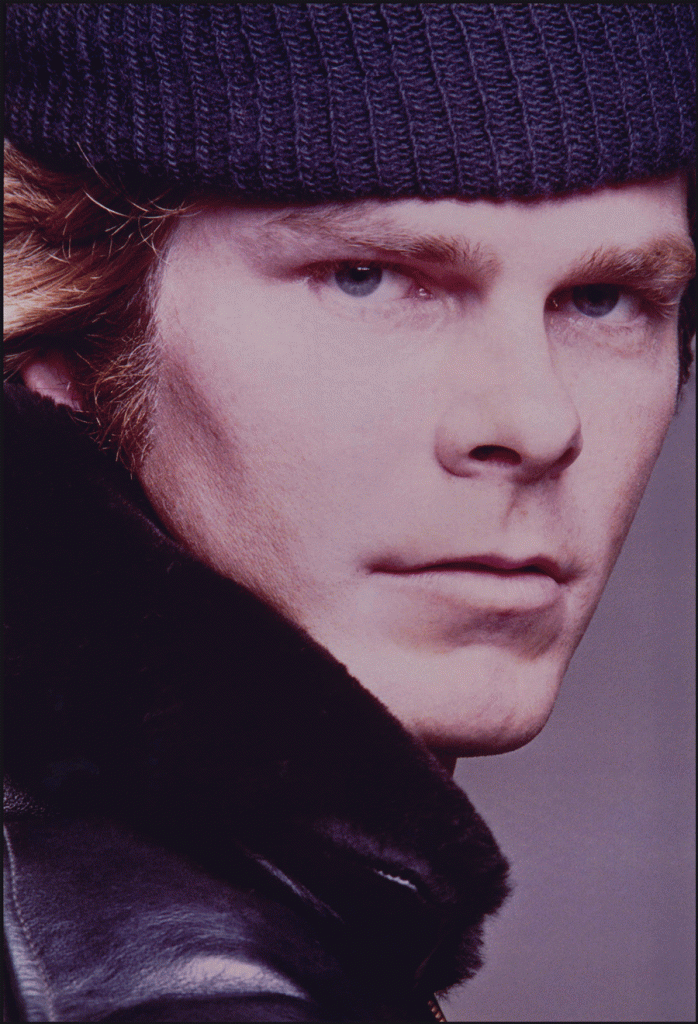
This modeling image was shot in 1974, not too long after Ritter’s death. The knit cap and leather jacket were mine, showing that I’ve been equal opportunity with hats and clothing that I’ve worn through the years. Yeah, the photographer and I were selling sex. It was in vogue back then, and it is rampant today. I guess that our culture has evolved. (photo © Louis Kraft 1974)
Tex’s deep baritone moved me from my childhood to the reality of my acting life in college (and beyond). They were boyhood dreams that never faded. His songs are with me today as they were in a long forgotten past, and best, they affect me as they did when I was young. … I hate to say it, but at times in college some of my pals in the theater department called me “Tex.” Why? I have no clue for none of them knew that I listened to Ritter’s music. My guess is that the wide-brimmed hats that I wore at the time (actually throughout my life) were the culprit.
Tex Ritter’s songs have given me a childhood life, a youthful life, and they still hang out with me as I walk into the sunset. (I’ll always have Michael and Alan; but although their music pulled from the past as it moved into the future while retaining traditional country tones, they can never recapture Tex Ritter and what he gave my world).
Songs can be favorites or ones that I’m not crazy about. More important is that
they can generate a multitude of images in my memory.
Note that the timeline in this blog is not linear.
Two songs plus one
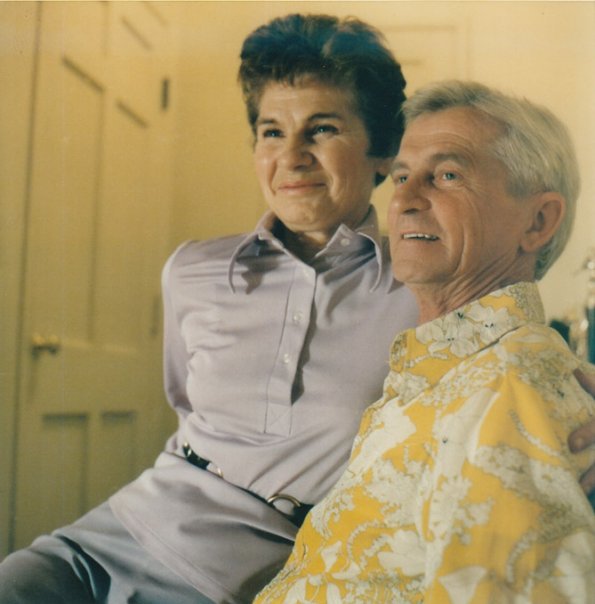
Doris and Louis Kraft Sr. during happy times at their Reseda, California, home in 1972 (photo © Louis Kraft 1972)
At the end of 1979 I was filming on location in the Pacific Ocean. At four each morning we boarded small craft at Hotel del Coronado in San Diego, California, for a two-plus hour ride to naval vessels before cruising another two to three hours (that is until the California coast was no longer visible). All of this was on the clock, and when you considered the return trip to Hotel del Coronado I had 10 hours on the clock without working a minute (Ca-ching, ca-ching, ca-ching … money, money, money). And better, plenty of time to hang out and explore the nuclear helicopter carrier.
During the first week of location work my mother entered a hospital, and as we were filming six days a week I asked for that first Saturday off to fly home and see her. Granted, but she had returned home before I reached her. I returned to San Diego Sunday evening and six days later we completed the location work. The week before Christmas we shot pickup shots at the studio and that marked the end of principal shooting. Two days later I celebrated Christmas with my mother, father, and brother. My sister was present (but not there, if that makes any sense). The next day (26dec1979) my mother entered the hospital for the last time. Her death (on 4jan1980) gave my father and I a relationship for we spent every minute of our waking hours during this time together until the end (and every day went deep into the night). In our loss we found a friendship that would grow to love.
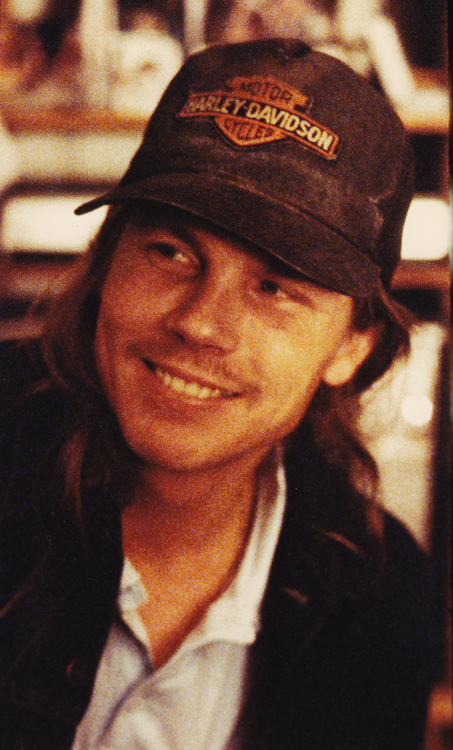
Lee Kraft at LK’s house in Encino, Calif., on Christmas 1988. This image will hang in my house for as long as I am alive. (photo © Louis Kraft 1988)
My brother Lee had been injecting the experimental medications that would hopefully save our mother; they didn’t and this affected the rest of his life. My father had turned into the perfect husband during his wife’s last years (and she told me just before the end that these were the best years of her life). … When I asked my sister why she wasn’t around, she told me that she didn’t know that her mother was dying.
Ten years later I had a knee operation which marked the end of my baseball career. At the time I managed the Kool Aid Kids (see below). Two months later, on March 6, 1990, my brother Lee died in an auto crash (he was a passenger). My mother’s death had destroyed me as we were very close (I was a mama’s boy), but Lee’s death hit me like a sledge hammer to my head. I was a wreck, and still haven’t recovered from his passing. We worked together, fought together, played together, hung out together, partied together, loved each other, and were close.
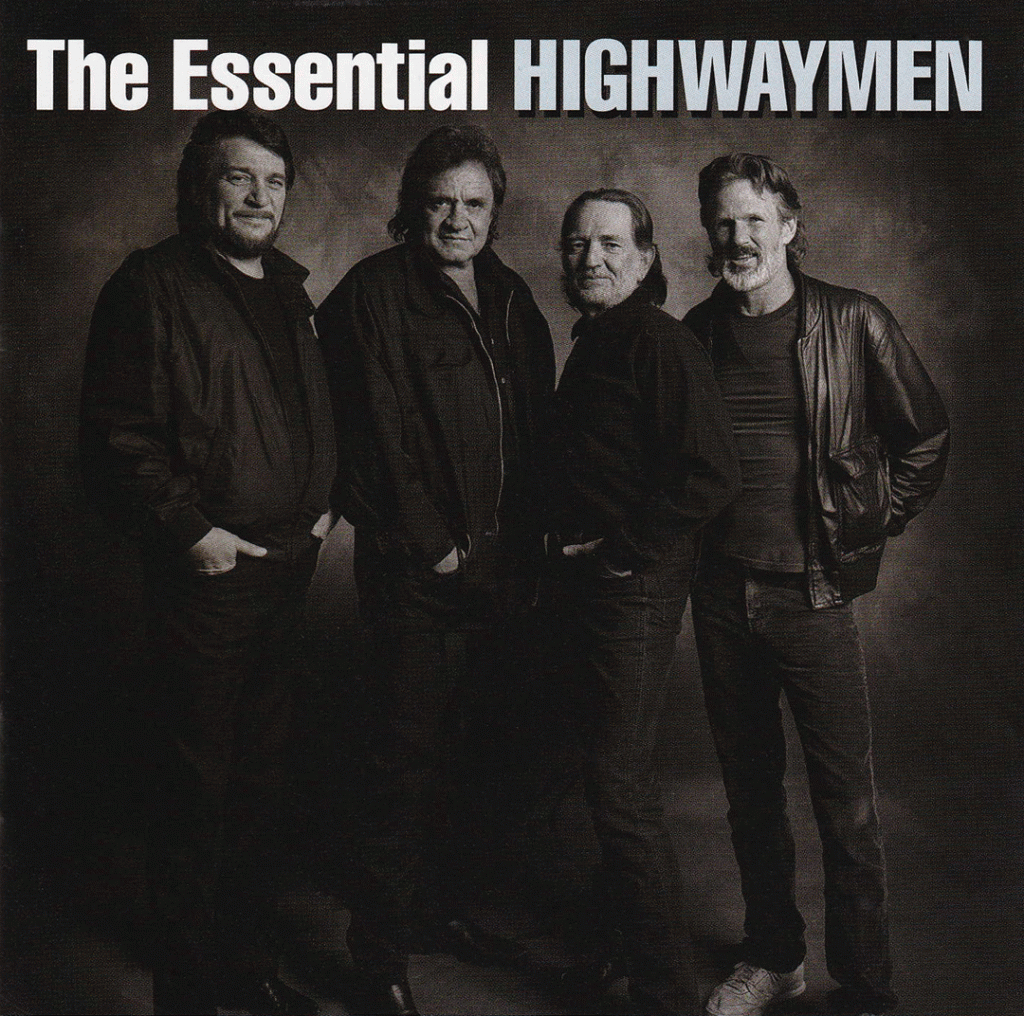
This is a two-CD album that was released long after Kris, Waylon, Johnny, and Willie stopped performing and recording together (Waylon died in 2002 and Johnny in 2003). I like the cover a lot better than their 1985 “Highwayman” album cover.
My sister (who didn’t know her brother) and brother-in-law wanted to use the Jimmy Webb composition that Waylon Jennings, Willie Nelson, Johnny Cash, and Kris Kristofferson recorded in 1985, Highwayman, at Lee’s service. That year they released an album that used the song for the cover title. I liked the song and didn’t object. Actually I have a lot of music by all four of them (I saw Willie perform at the Hollywood Bowl a few years back; Kris was present, but he didn’t sing). Lee’s service was so large that over half of the people that attended it couldn’t fit into the hall. The song, Highwayman, is about a bandit who died only to be reborn as a sailor who would die and yet again be reborn “around and around and around” within me (and I’m certain in others who also loved him deeply).
 Nine years later my father died on Valentine’s Day (14feb1999). I had been taking care of him for years. I was a wreck, but insisted upon talking at his service. My sister didn’t think that I was capable, but I told her that I was (that is, I had been delivering talks for years and it was work). She and my brother-in-law wanted to play Tex Ritter’s religious song, The Deck of Cards (although my sister had already retired as an investigator from the Los Angeles County District Attorney’s Office while in her forties, she had previously stolen an album of mine with this recording; she eventually returned it to me). I said: “Absolutely not!” This shocked her. “Why?” “He hated the song, and so do I.” “So what do you want?” she asked sarcastically. “I want Sarah McLachlan’s Angel.” I played the song for her and she was good with the choice.
Nine years later my father died on Valentine’s Day (14feb1999). I had been taking care of him for years. I was a wreck, but insisted upon talking at his service. My sister didn’t think that I was capable, but I told her that I was (that is, I had been delivering talks for years and it was work). She and my brother-in-law wanted to play Tex Ritter’s religious song, The Deck of Cards (although my sister had already retired as an investigator from the Los Angeles County District Attorney’s Office while in her forties, she had previously stolen an album of mine with this recording; she eventually returned it to me). I said: “Absolutely not!” This shocked her. “Why?” “He hated the song, and so do I.” “So what do you want?” she asked sarcastically. “I want Sarah McLachlan’s Angel.” I played the song for her and she was good with the choice.
 At this time Linda had been studying the ministry, which she hoped to go into, long distance. She lived in Lake Arrowhead, California, but only had to attend classes in person in the Santa Clarita Valley, north of the San Fernando Valley, for one or two weeks each year. During these times she stayed at Tujunga House. A year plus had passed since our father’s death. On one of the nights during the every-other weeks that my daughter spent with me the three of us made ourselves comfortable on the living room floor. I played another song for her, a song that also could have worked for our father’s service—Reba McEntire’s The Greatest Man I Never Knew (written by Richard Leigh and Laying Martine, Jr.) with lyrics, “I never really knew him. … The man I thought could never die has been dead almost a year. … He never said he loved me; I guess he thought I knew.” I’m not sure how my sister reacted as her face was passive and she didn’t say anything. Hell, she wasn’t close to our mother, brother, father … or me. This is something that I deal with daily for I loved her and must find a peace between us.
At this time Linda had been studying the ministry, which she hoped to go into, long distance. She lived in Lake Arrowhead, California, but only had to attend classes in person in the Santa Clarita Valley, north of the San Fernando Valley, for one or two weeks each year. During these times she stayed at Tujunga House. A year plus had passed since our father’s death. On one of the nights during the every-other weeks that my daughter spent with me the three of us made ourselves comfortable on the living room floor. I played another song for her, a song that also could have worked for our father’s service—Reba McEntire’s The Greatest Man I Never Knew (written by Richard Leigh and Laying Martine, Jr.) with lyrics, “I never really knew him. … The man I thought could never die has been dead almost a year. … He never said he loved me; I guess he thought I knew.” I’m not sure how my sister reacted as her face was passive and she didn’t say anything. Hell, she wasn’t close to our mother, brother, father … or me. This is something that I deal with daily for I loved her and must find a peace between us.
My father and I were at each other’s throats until his wife/my mother died. Her death gave us a relationship that became close until his death. He said “I love you” to me for the first time the night before he died. Reba’s song tears me apart every time I hear it, and it gives me everything bad and good in my relationship with him.
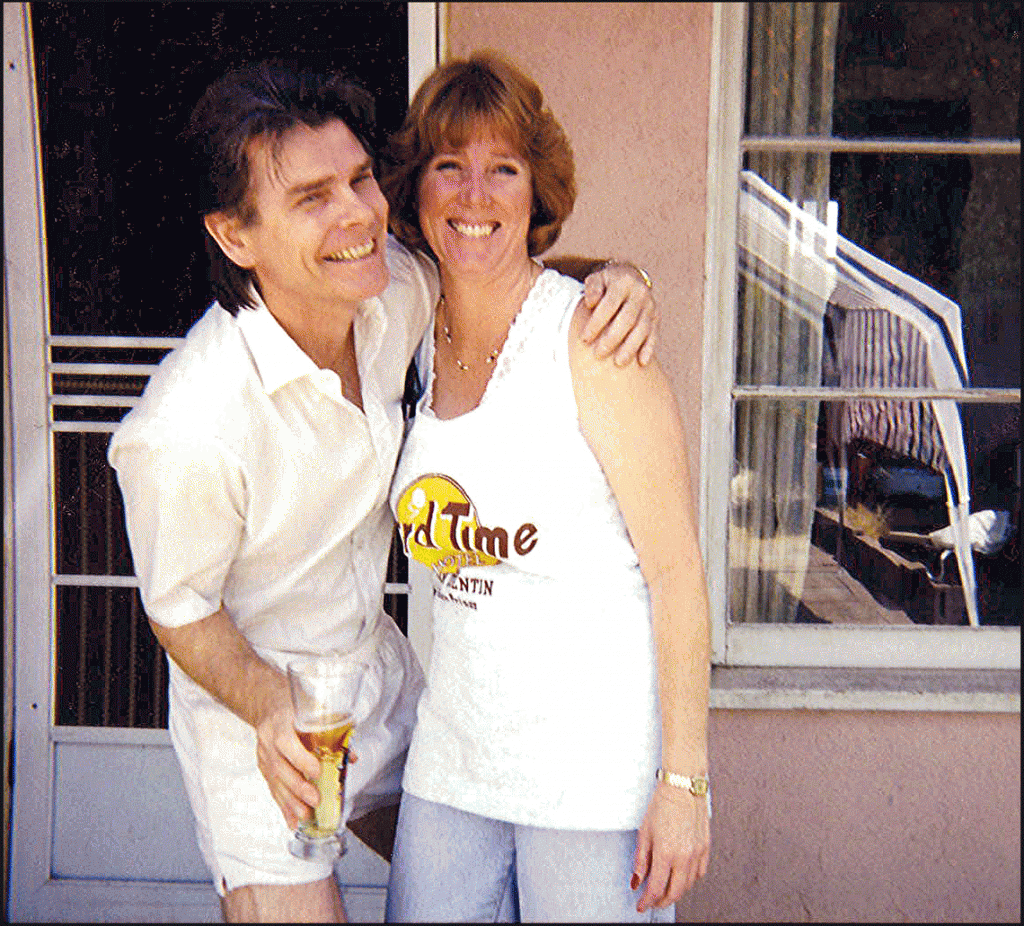
Linda Kraft-Morgon was gorgeous, but unfortunately this image doesn’t confirm this. The reason is simple: For over 10 years I took pictures with throw-away cameras that I bought at drug stores, as a real camera wasn’t in the budget. The little one in my family shot this candid while my sis and I enjoyed a moment (15may1993). At this time she was five years away from retiring as an investigator for the LA County District Attorney’s Office. I have a huge photo archive, and not too long back decided that I wanted to use this image even though the print was small and out of focus and full spots and scratches (none of this was my daughter’s fault; it was the camera and the cheap development/printing). We are on the patio at our father’s Reseda home, and it was party time. I can’t begin to remember all the dinners and parties at Dad’s. His home was always open to everyone, no matter what your race, color, religion was (and that included Lee and I). (photo © Louis Kraft 1993)
My sister was gorgeous, and she lived her life. I’m good with that. Unfortunately she died young in 2006 from the same cancer that killed our mother. I was there for her during the last two months of her life (thanks to Sudeshna Ghosh, who was then my manager at Sun Microsystems and is now my good friend). Days after Linda’s death Lake Arrowhead was clobbered with a snowstorm. Deserted autos littered the roads almost totally hidden by snow. Visibility was probably no more than five feet as the snow continued to fall. It was ghostly, almost unreal, and yet it couldn’t have been a better setting to say goodbye. I delivered a positive telling of my time with Linda with words that were from my heart. They were full of happiness and life, and they affected people. … I need to bring resolution to the talk, to her life, and to mine. This has not been simple and there are no easy answers. Linda is with me every day, and not one hour passes that I don’t think of her. Hurt and anger are present, but I know that she loved me in her way. Someday we will meet again and that meeting will be for all time.
A beautiful lady w/No future in LK’s life
I can tell a story, a short story of a beautiful blonde woman.
 I was fortunate and won a Western Heritage Wrangler award in 2012 (for “When Wynkoop was Sheriff,” an April 2011 Wild West article). It was a big shindig in Oklahoma City, a gathering of award recipients, presenters, rich donors, and adoring public. LK enjoyed his time in cowboy heaven.
I was fortunate and won a Western Heritage Wrangler award in 2012 (for “When Wynkoop was Sheriff,” an April 2011 Wild West article). It was a big shindig in Oklahoma City, a gathering of award recipients, presenters, rich donors, and adoring public. LK enjoyed his time in cowboy heaven.
This image of the blonde lady (left) was taken only a handful of years back, and although this is a publicity shot you can see the fun and life in her. I was lucky and got to spend time with her, if only for a little while. Looking back it was way too short.
A special lady that the Western Heritage Wrangler shindig allowed me to visit
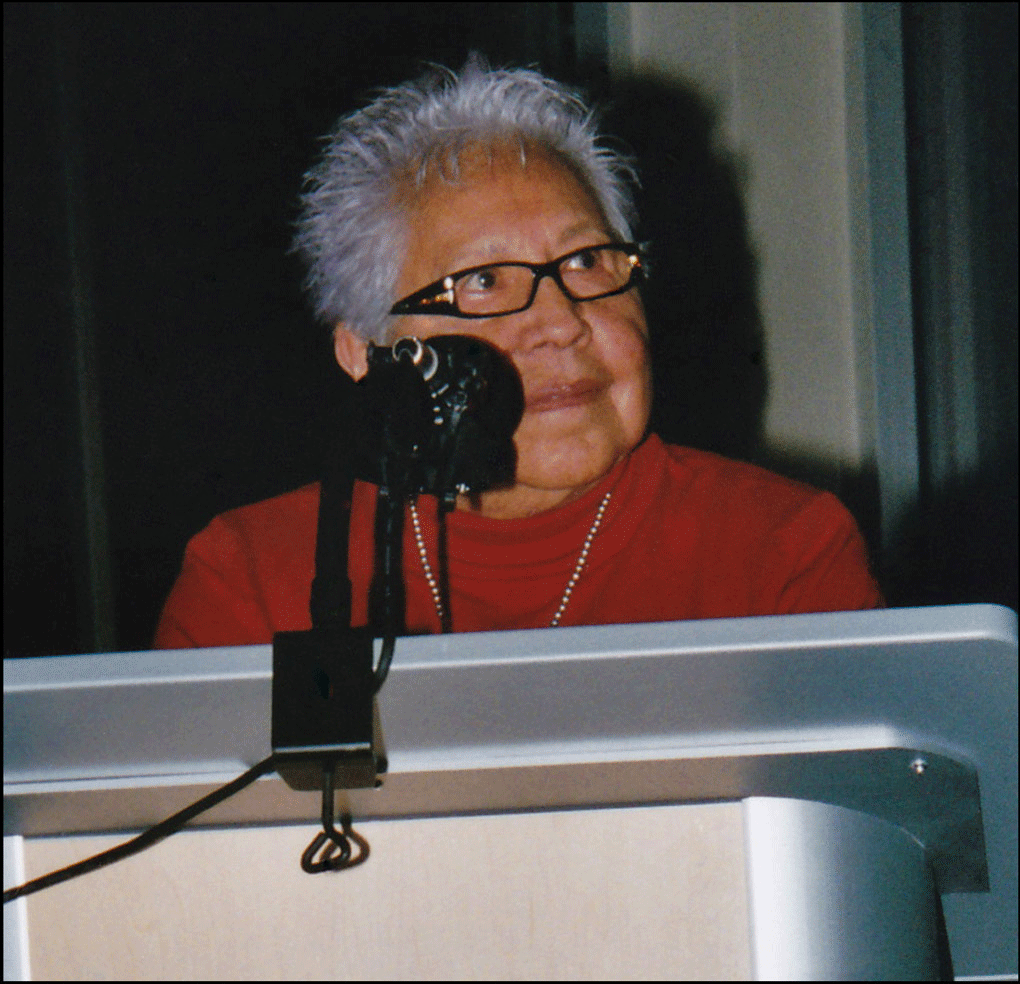
Dr. Henrietta Mann, speaking on the last night of the 2008 Washita Battlefield NHS symposium. (photo © Leroy Livesay 2008)
Every minute was gold during that April 2012 visit to Oklahoma City, and I added to mine by driving to Weatherford to visit Dr. Henrietta Mann, whom I met in 2008 when I played Ned Wynkoop on stage a number of times and then both of us spoke on the last day of a Washita Battlefield NHS symposium. Henri’s resume would knock you for a loop. What she has accomplished during her life is extraordinary, but I’m certain that she’d say that the highlight of her life is being one of the founders of the Cheyenne and Arapaho Tribal College in Weatherford, Oklahoma. Yes, she is Cheyenne. … The round-trip drive was long, but it was worth it as I got to hang out with her and talk about this and that. We shared gifts, and although the future was in front of both of us we didn’t talk too much about our projects. We talked of good and bad and hope.
Back to the Western Heritage Wrangler happenings
I arrived on Thursday as I had a lot to do, including seeing Henri.
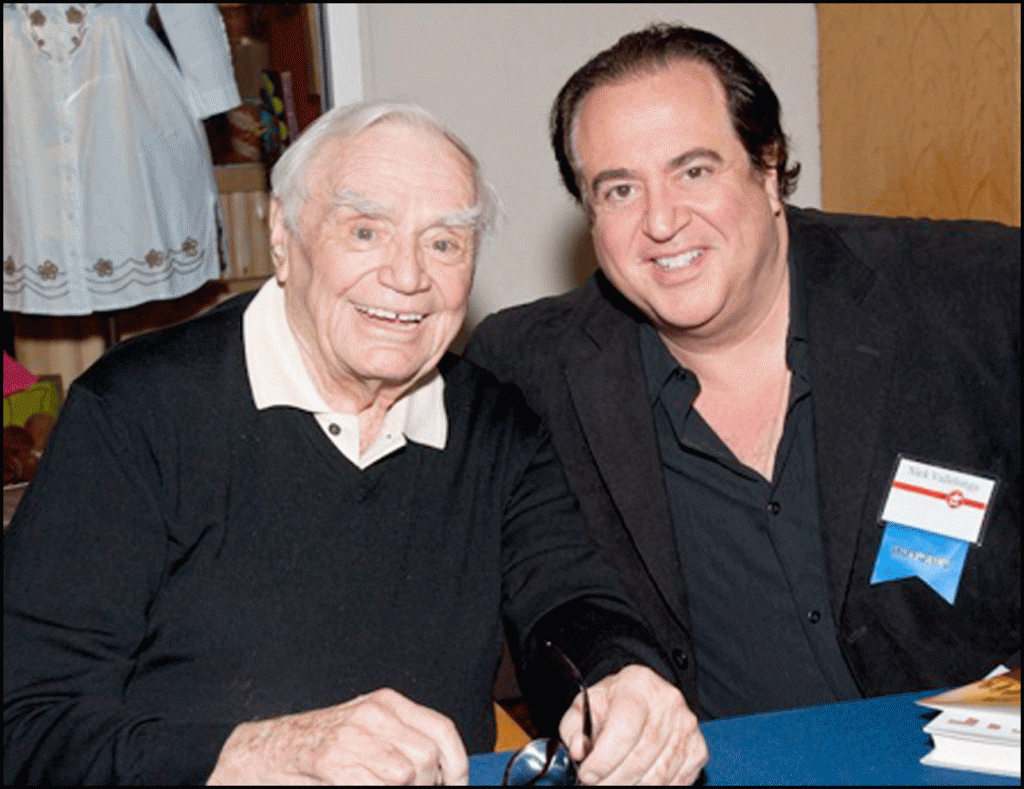
Ernest Borgnine and Nick Vallelonga, who produced Yellow Rock, the Wrangler winner for best western film of 2011. Ernie was full of life at the event, but unfortunately died three months later (he was 95 years old). (photo © Ownbey Photography 2012)
Upon my arrival in OK City I met Dean Smith, a retired stunt man, Debbie, his beautiful wife, and their young son (unfortunately I can’t remember his name). They took the time to make me feel welcome (and this was just about every time I saw them).
Ernest Borgnine MC’d and presented (along with others that I knew and didn’t know, including Dean and the blonde lady). On that first night, Thursday, two of Borgnine’s great friends who had flown in from Florida to hang out with him ate at the same time that I did in the hotel’s restaurant. We almost had the place to ourselves. They introduced themselves, and on Friday when Ernie arrived they introduced me to him. I’ve seen a lot of Borgnine’s films, and he can be sympathetic and he can be menacing. In person he was kind, open, and a giving fellow. I enjoyed every minute I spent with him. You know what, Ernie wasn’t as large as he looked on film.
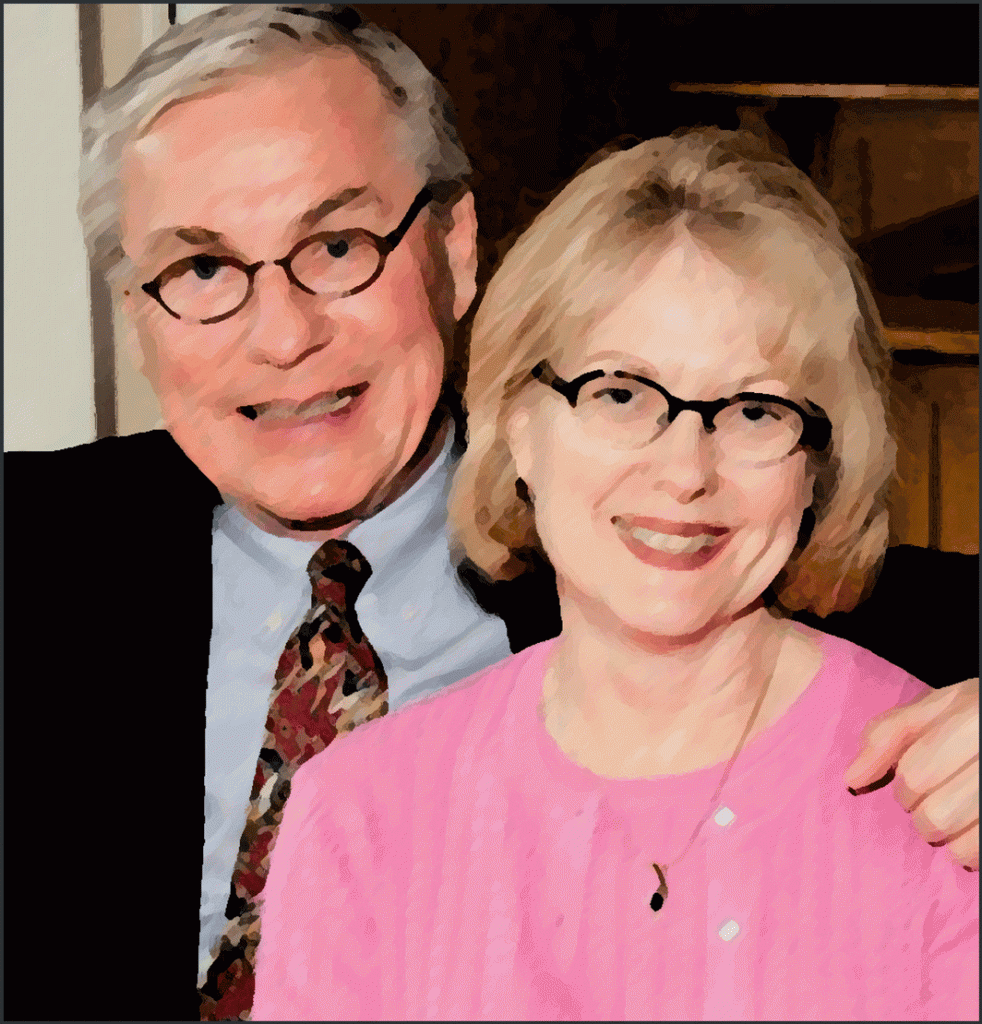
Art of Paul and Connie Hedren based upon a photo I took of them on April 20, 2012. (art © Louis Kraft 2016)
There were a lot of events on that Friday (20apr2012), a book signing with finger food that was open to the public. There was energy all over the National Cowboy Hall of Fame and Western Heritage Museum, which the Autry Museum of the American West (recently the Autry National Center; the name changes so often that my head spins) could learn a lot from if it only it swallowed its pride and took a gander. At the signing I had luckily been placed next to Paul Hedren, an Indian wars writer friend.
After the signing time ended I wandered the halls of the classy museum and saw the pretty blonde lady for the first time. She was petite, wore a great cowboy hat, and was exquisitely dressed in fancy cowgirl attire.
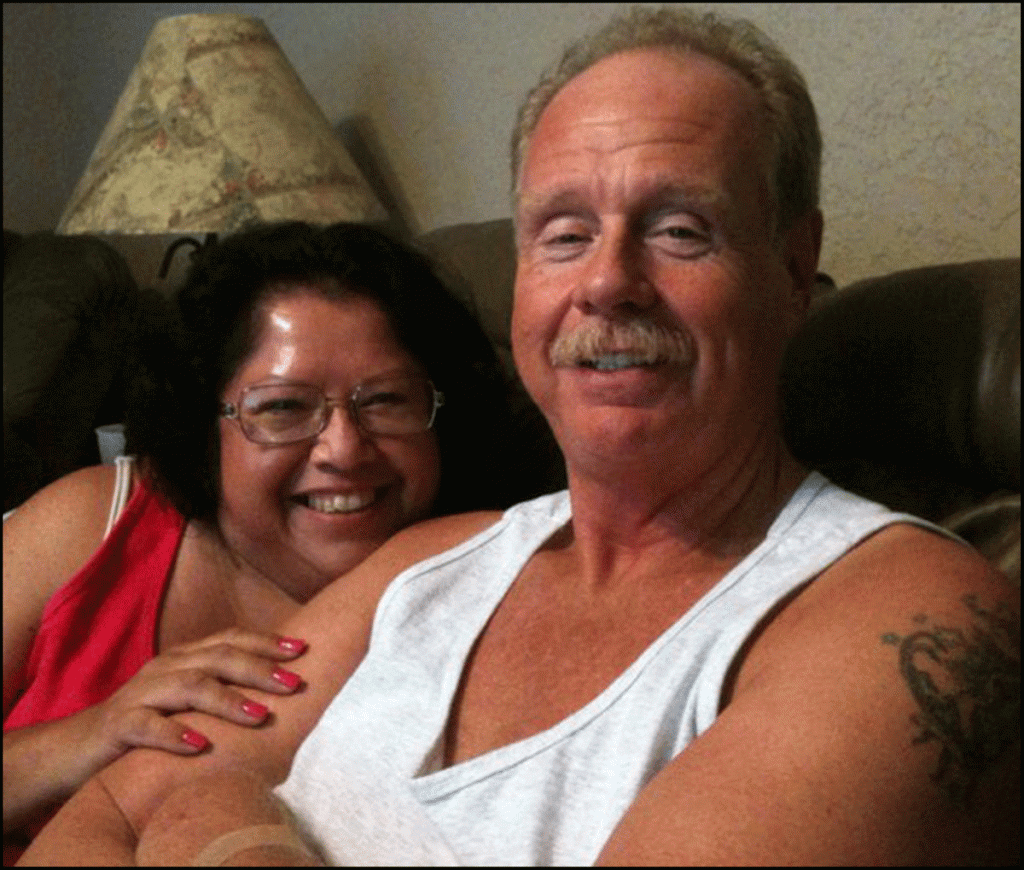
Minoma Littlehawk and her husband Ivan.
As we passed I tipped my hat to her. She smiled, and I smiled back.
The day’s events on Friday ended before night arrived. We were bussed back to the hotel to get ready for a big party at a mansion. That is the award winners, the presenters, and the key donors of the Western Heritage Museum, and their guests.
Another special Cheyenne in my life is Minoma Littlehawk; I cannot ever thank her enough for the help she provided me on the pronunciation and spelling of the Tsistsistas’ (Cheyenne’s) language for Ned Wynkoop and the Lonely Road from Sand Creek. She is married to a special man, Ivan Sills, but he decided not to attend a party at a rich donor’s mansion on Friday, but was good with Minoma being my guest (she would dress in traditional Cheyenne attire). But it wasn’t to be for something attacked Minoma’s health and she was rushed to the hospital. Luckily she would fully recover. Ivan, who had been so gracious to allow her to accompany me, was right there for her every minute of the way. Bless him.
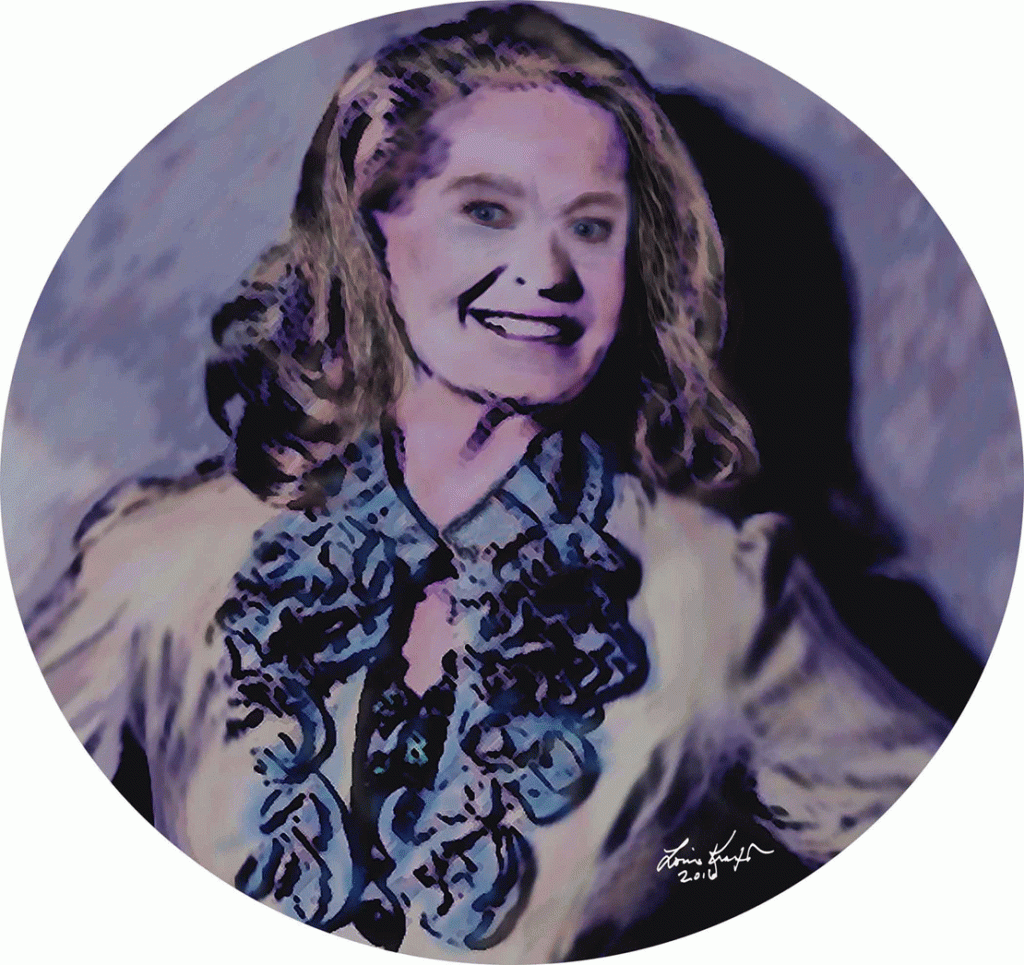 The award winners, presenters, and their guests were transported the mansion in mini vans for the private party somewhere in Oklahoma City. Debbie and Dean arrived, and she was knock-out gorgeous. The petite blonde lady that I had seen earlier in the day was with them, and she was beautiful. After Debbie and I hugged, she introduced me to the person who I didn’t know but said hello to every time I passed her in the hallway. She had a wonderful smile, and I wanted to know her. That night at the mansion party my fantasy became reality.
The award winners, presenters, and their guests were transported the mansion in mini vans for the private party somewhere in Oklahoma City. Debbie and Dean arrived, and she was knock-out gorgeous. The petite blonde lady that I had seen earlier in the day was with them, and she was beautiful. After Debbie and I hugged, she introduced me to the person who I didn’t know but said hello to every time I passed her in the hallway. She had a wonderful smile, and I wanted to know her. That night at the mansion party my fantasy became reality.
When we met, I asked her name. “Lynn Anderson,” she said.
“Are you the singer?” I stupidly asked.
“Yes.”
This petite blonde lady standing before me was famous and had huge country-western hit songs. My brain went dead. All I could think of was, You Never Promised Me a Rose Garden, which was a mega country hit in the late 1960s. I didn’t like the song, but I certainly knew it. Kraft may be brain dead, but he is not totally stupid. “Can I hug and kiss you?” I asked.
She smiled. “Yes.”
I did. But, as way too often in Kraft’s life, what could have been, what should have been, could never be. I enjoyed my short time with Lynn, but life is short and we never know when it will end. Her days were limited, and what I would have liked to have happened never had a chance.
Later that night I sat at a table eating veggies, salad, salmon, and shrimp (delicious). Western hall of fame acting inductee Bruce Boxleitner sat down across from me with a plate of food, and said: “I know you.”
He did, for we had met I think in 2007 before a private screening of a live-action British documentary about the battle of the Little Bighorn in Sherman Oaks, California. The BBC documentary was quite good. After everyone ate and socialized Bruce and I sat together while we watched the film which featured Maggie Smith’s second son, Toby Stephens (of current Black Sails TV fame), who played George Armstrong Custer (the documentary was shot in 2006).
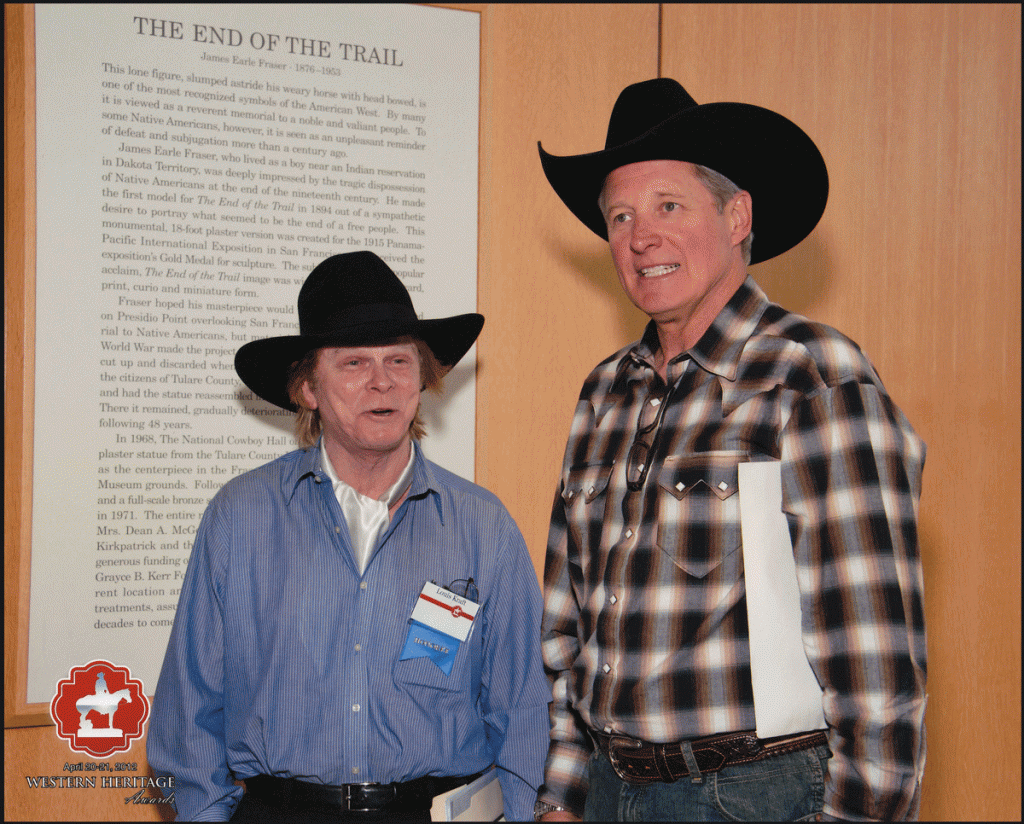
LK with Bruce Boxleitner (21apr2012), after he was interviewed at the Western Heritage Museum. At this time we talked about his youngest son, who was at the awards, the museum, his win (his second) and Ned Wynkoop. (photo © Ownbey Photography 2012)
At the Friday evening mansion party Bruce and I talked about the Indian wars. A woman sat down next to me with her food and immediately joined the conversation. The first thing out of her mouth was that Custer was a butcher and racist. No matter what Bruce or I said, she refused to listen. Bruce got fed up with her before I did and let her have it on the Indian wars and her stupidity. I thought that steam would erupt from her nose, but before it did she grabbed her plate and stormed away. “Well, we got rid of her,” Bruce said as he grinned.
Hedren’s After Custer won the Wrangler award for best nonfiction book; Ned Wynkoop and the Lonely Road from Sand Creek was the runner-up (and I have this from insider and good friend Chuck Rankin). The Wynkoop book would also be the finalist for the WWA Spur Award. … That’s life and I’m good with it.
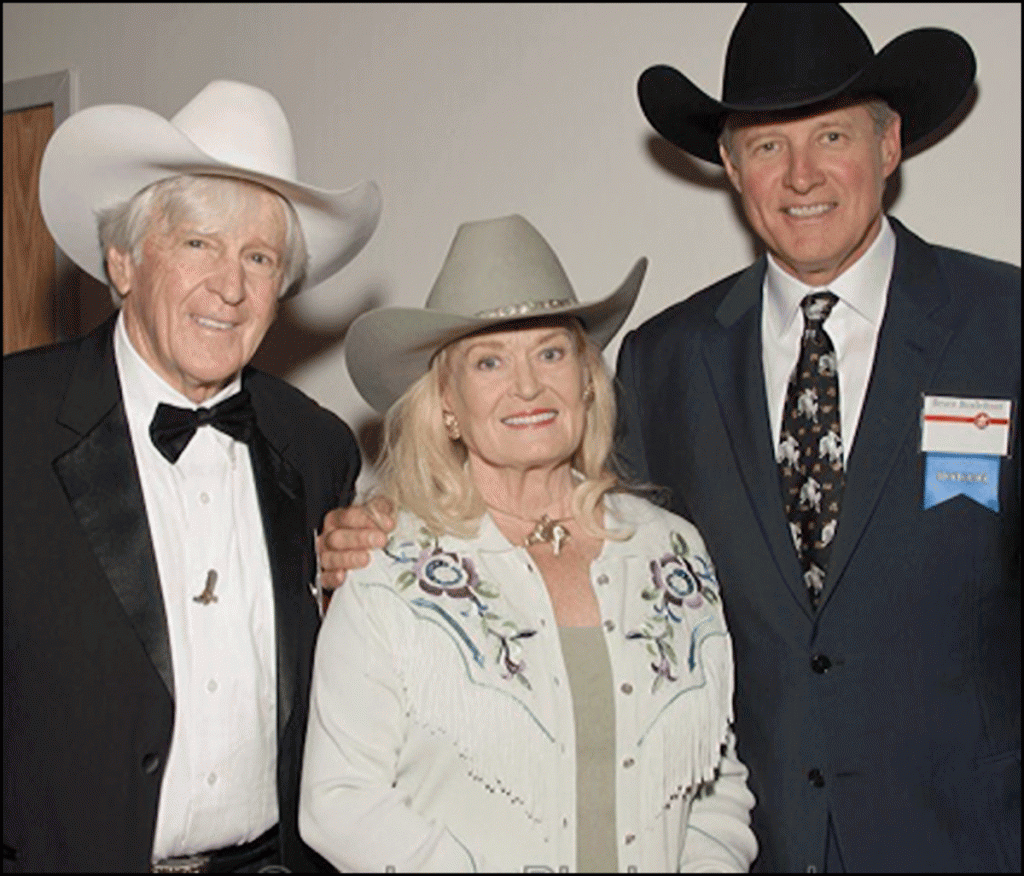
From left: Retired stunt man Dean Smith, Lynn Anderson, and actor Bruce Boxleitner at the April 2012 Wrangler Awards in Oklahoma City. On the evening of the twenty-first Bruce was inducted into the National Cowboy and Western Heritage Museum acting hall of fame. (photo © Ownbey Photography 2012)
Back to Lynn: Over the course of the next day and a half we saw each other briefly time and again and always they were good minutes. Nothing happened, and regardless of what some people think of me, I’m a gentleman.
I’ve always been a gentleman, so please disregard all the stories that in times long gone used to float on the wind that I have screwed hundreds of women, men, horses, mules, dogs, elephants, and even a cockroach or two. I’ve been guilty of a lot of things, but nearly everything that I’ve been accused of is fiction—and bad fiction at that, and with no redeeming words for the slimy creatures that have spread these stories. All I can say about these “stories” is that they hurt. After a while I stopped denying the stories. Why waste time and words on “people” (and I use this word sarcastically) who refuse to listen to truth or reason.
Cockroaches? Give me a break! I know what a pretty woman looks like, and it isn’t close to a cockroach.
Initially I had hoped to again see Lynn Anderson. When a man walks a lonely road he has lots of hopes and dreams. And I always take my time, but this time I took too long. … Lynn Anderson died on 30jul2015, something that I didn’t know until the Los Angeles Times published her obituary. I learned about the lady, her ups and her downs—yes, she was a human being and had all the frailties that most of us have. I’m certain that this petite lady that I briefly met was someone worth knowing. The Western Heritage Museum knew this, for in 2012 they featured all of her music in their gift shop (and some of my work too, which was nice). … A hug and a kiss, a handful of minutes, and perhaps a friendship or more that could never be—the song remembers when, … You Never Promised Me a Rose Garden.
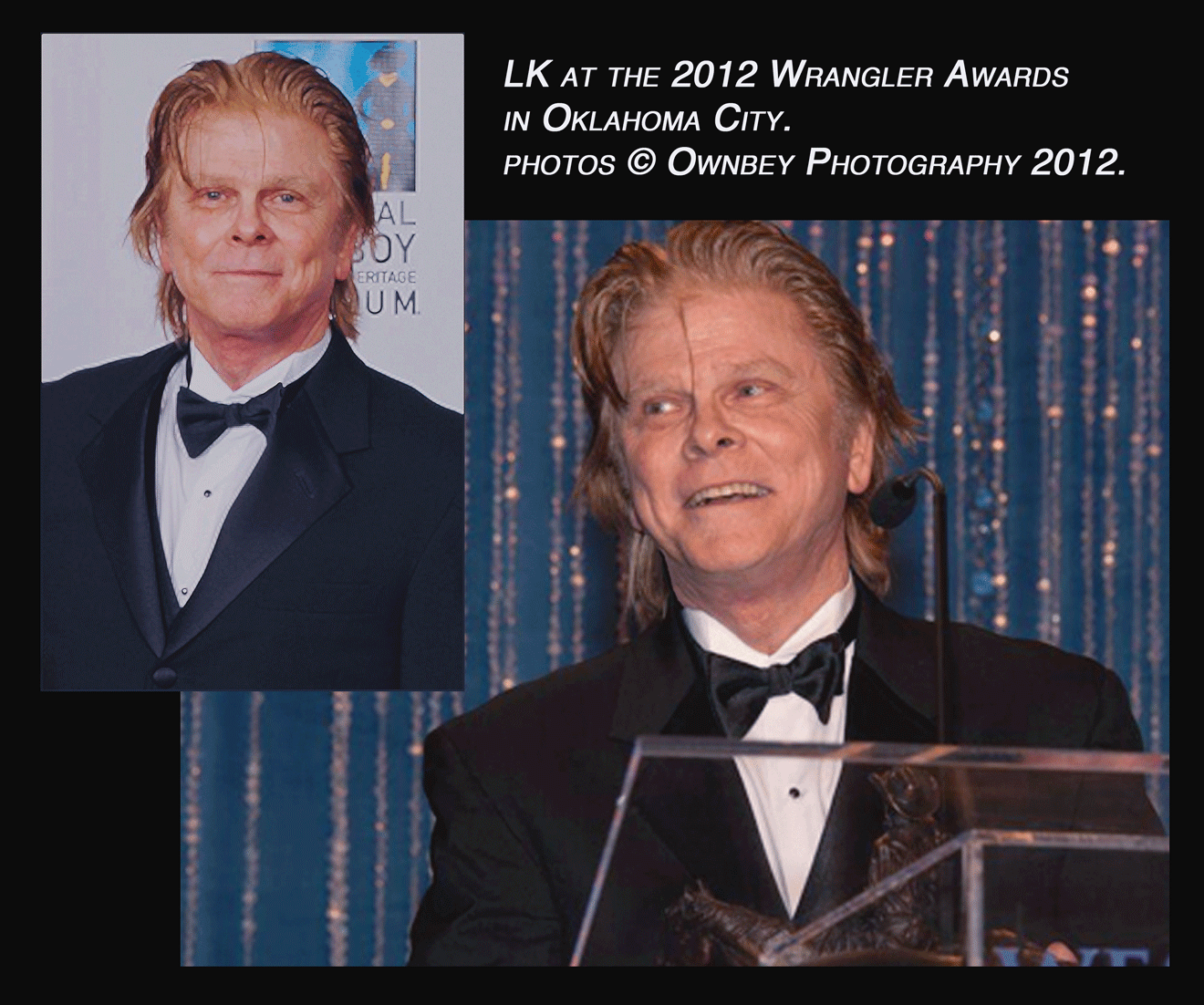
The following is my acceptance talk on April 21, 2012, at the National Cowboy & Western Heritage Museum Wrangler Awards ceremony—a cool-cool tuxedoed event that was filmed in a massive banquet hall that sits 1500 people. After being introduced by actor Brad Johnson and shaking his hand I walked past the podium and picked up my bronze Wrangler from a pedestal and carried it to the podium—I was the only person to hold the award—guess the others were nervous over the weight, somewhere around 18 pounds. “National Cowboy & Western Heritage Museum, thank you for inviting Steve* and myself to your shindig. We’re having a great time. (* Steve is Steve Mauro, who was an associate editor at Wild West magazine; he has since moved to Japan. He was introduced with me.) Some of my best friends are editors, and one of my good-good-good friends has been working with me since the late 1980s. His name is Greg Lalire, and he’s my editor at Wild West magazine. Wild West is one of a slew of great history magazines published by the Weider History Group (LK: Weider was bought by the World History Group in 2015). Over the years we’ve gone back and forth with a give and take relationship as we try to make the stories error free while also trying to make them page turners. I need to tell you something: If it wasn’t for Greg, I wouldn’t be standing here tonight. … I hope that by now some of you have heard of a fellow named Ned Wynkoop. He was just like you and me. He had a family he loved with all his heart. He had successes and he he had failures, and like some of us he struggled to survive. But there’s one thing that Ned Wynkoop had more than most of us—certainly more than me … guts. Guts to take a look at his world, a world of war and hatred and Cheyennes and Arapahos. He looked at his world and challenged it. He dared to reach out to people that were different from him and accept them as human beings. (Big applause, which I enjoyed.) Thank you. (I lifted the Wrangler award and kissed the cowboy.) Never thought I’d kiss a cowboy. (Silence, and I stopped breathing—I guess that the audience couldn’t believe what I had just done and said. Luckily, they eventually laughed; a big laugh.) National Cowboy & Western Heritage Museum … Wild West magazine, Greg Lalire, Steve, and the magazine’s staff, along with myself—We’re honored. Thank you.”
All of the above said, LK had a great time at the Western Heritage Awards event. Good people, open people, … I met and enjoyed my time with co-winners (certainly Wild West’s Steven Mauro, who I hit it off with when I met him), Oklahomans including Chuck Rankin, my editor at the University of Oklahoma Press, and much of the press’s staff that I had never met in person before, including their great art director (Tony Roberts) and their marvelous production manager (Steven Baker*).
* Steven Baker is an absolute delight to work with; he is friendly, open to all suggestions (and demands), and he makes things happen during the production process (and long after). OU Press is lucky to have him.
| I have written a lot of material for publication over the years and at times I have become public enemy No. 1 with my publishers. They claim that I overstep my position, that is, as a writer, and meaning that I am responsible for the words and nothing else. NO! No-no-no! I don’t care who the artist is—a painter, a singer, a composer, an actor, a writer … they, we, I, must push for the best product possible. If they, we, or I don’t, and the product is inferior they, we, or I cannot complain for we didn’t participate in the process—and the creative process is everything. As artists it is our job to do everything possible to make our work shine.
Yes, I am a demanding person who often oversteps the bounds of what is expected or desired from me as a writer. That said, everything I write has a vision and it is my job to ensure that my article, book, or blog (plays and talks are similar and yet different) is as true to my visualization as possible (this includes photos, maps, artwork, book covers and the text on those covers). |
A lot of working relationships (and that includes writers, actors, and directors) in my past ended as I refused to deal with BS, lies, or verbal or written attacks upon me. … Yikes!!!!! I never would have guessed that the passing of a petite lady who had a good singing career led to the above tirade. I’m sorry, and yet I’m glad that my short amount of time in her presence initiated these strong feelings in me.
Enter my personal world and music that dominates it
Some 14 months after the Wrangler Awards I met a lady named Pailin Subanna. She was frail and hurt beyond belief, and she was beautiful. It was an instant attraction, something that I don’t think I have ever experienced before. On one of our first times together, we sat in a darkened screening room at the (then named) Autry National Center as a silent film played. Tears dripped down her cheeks. “I need time,” she whispered, “lots of time.” I knew then that I could wait for her as long as she needed.
Film scores, and selected compositions from them, are my favorite music. I know: What? ‘Tis true. Perhaps my favorite is Max Steiner’s The Final Goodbye from the 1941 Errol Flynn and Olivia de Havilland They Died with Their Boots On film score. Here Steiner mixes military trumpet calls with George Armstrong Custer’s Seventh Cavalry’s theme song, Garryowen, and with the film’s love theme for Custer and his wife Libbie. For me it is terribly sad, and certainly doesn’t represent Pailin’s and my life. But then again, perhaps it does as it is very meaningful for me and represents love until the end of time.
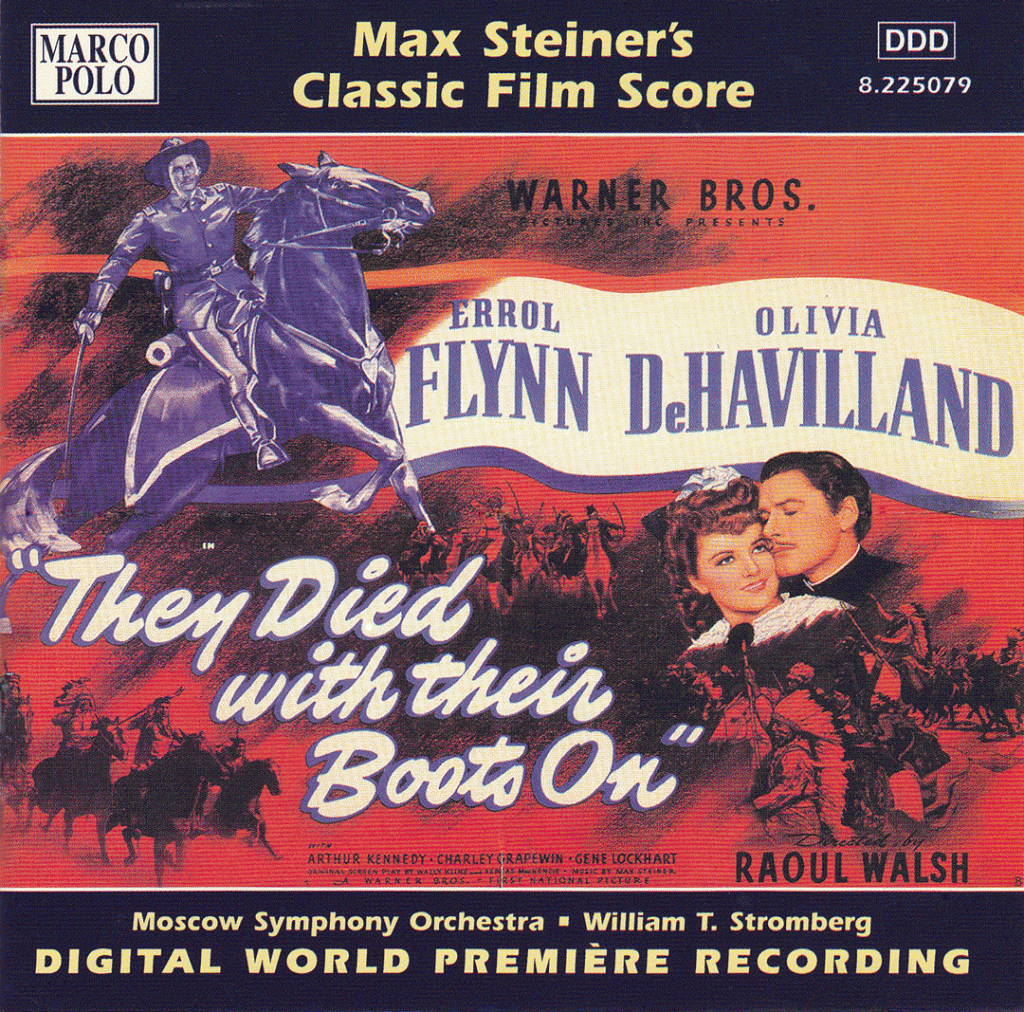 Erich Wolfgang Korngold’s score for Flynn’s The Sea Hawk (1940) contains the most romantic music that I’ve ever heard. It is included in a symphony that merges the film’s score but isn’t in the full score of the film that I have (why?). This is the music in garden after Flynn’s Captain Geoffrey Thorpe has been publicly chastised in court by Queen Elizabeth I of England (Flora Robson) for sinking a Spanish ship in the 1580s. After Flynn, in private, interests Robson in a piratical raid on the Spanish-held Panama peninsula he encounters Doña Maria (Brenda Marshall), in a rose garden. He had captured her when he sunk the Spanish ship, but here he calls her “My lady of the flowers.” This short scene is marvelous in how it deals with forgiveness and unsaid feelings. The music is intimate and caring and full of hope. There is one other Korngold film score that has a romantic love theme that I like a lot: The Adventures of Robin Hood (1938). After Maid Marian (de Havilland) is instrumental in planning Robin Hood’s (Flynn) escape just before being hung for treason, Flynn climbs the wall to Olivia’s private chamber. Again, Korngold’s score (for the Love Scene) hits the mark dead center, as if arrows shot from Robin Hood’s bow. Not violent, but instead sensual and tender.
Erich Wolfgang Korngold’s score for Flynn’s The Sea Hawk (1940) contains the most romantic music that I’ve ever heard. It is included in a symphony that merges the film’s score but isn’t in the full score of the film that I have (why?). This is the music in garden after Flynn’s Captain Geoffrey Thorpe has been publicly chastised in court by Queen Elizabeth I of England (Flora Robson) for sinking a Spanish ship in the 1580s. After Flynn, in private, interests Robson in a piratical raid on the Spanish-held Panama peninsula he encounters Doña Maria (Brenda Marshall), in a rose garden. He had captured her when he sunk the Spanish ship, but here he calls her “My lady of the flowers.” This short scene is marvelous in how it deals with forgiveness and unsaid feelings. The music is intimate and caring and full of hope. There is one other Korngold film score that has a romantic love theme that I like a lot: The Adventures of Robin Hood (1938). After Maid Marian (de Havilland) is instrumental in planning Robin Hood’s (Flynn) escape just before being hung for treason, Flynn climbs the wall to Olivia’s private chamber. Again, Korngold’s score (for the Love Scene) hits the mark dead center, as if arrows shot from Robin Hood’s bow. Not violent, but instead sensual and tender.
 The Steiner and Korngold compositions represent my feelings for Pailin. But they are not alone, for Ry Cooder’s great score for the film Geronimo: An American Legend is loaded with a combination of music from the time period (American Indian wars; roughly 1860-1890) as well as his magnificent compositions that are totally in tune with the storyline and Geronimo’s life. One piece, La Visita, which features the guitar, is used in a cantina when Lt. Charles Gatewood, who is searching for Geronimo in Mexico, confronts scalp hunters. The scene turns bloody while the music remains melodic and peaceful. It is ethnic (something that Cooder excels at when he moves south of the U.S. border for his compositions). Pailin and I have totally different backgrounds, and even though the sound of La Visita isn’t American or Thai, it represents both of us (certainly me; more below).
The Steiner and Korngold compositions represent my feelings for Pailin. But they are not alone, for Ry Cooder’s great score for the film Geronimo: An American Legend is loaded with a combination of music from the time period (American Indian wars; roughly 1860-1890) as well as his magnificent compositions that are totally in tune with the storyline and Geronimo’s life. One piece, La Visita, which features the guitar, is used in a cantina when Lt. Charles Gatewood, who is searching for Geronimo in Mexico, confronts scalp hunters. The scene turns bloody while the music remains melodic and peaceful. It is ethnic (something that Cooder excels at when he moves south of the U.S. border for his compositions). Pailin and I have totally different backgrounds, and even though the sound of La Visita isn’t American or Thai, it represents both of us (certainly me; more below).
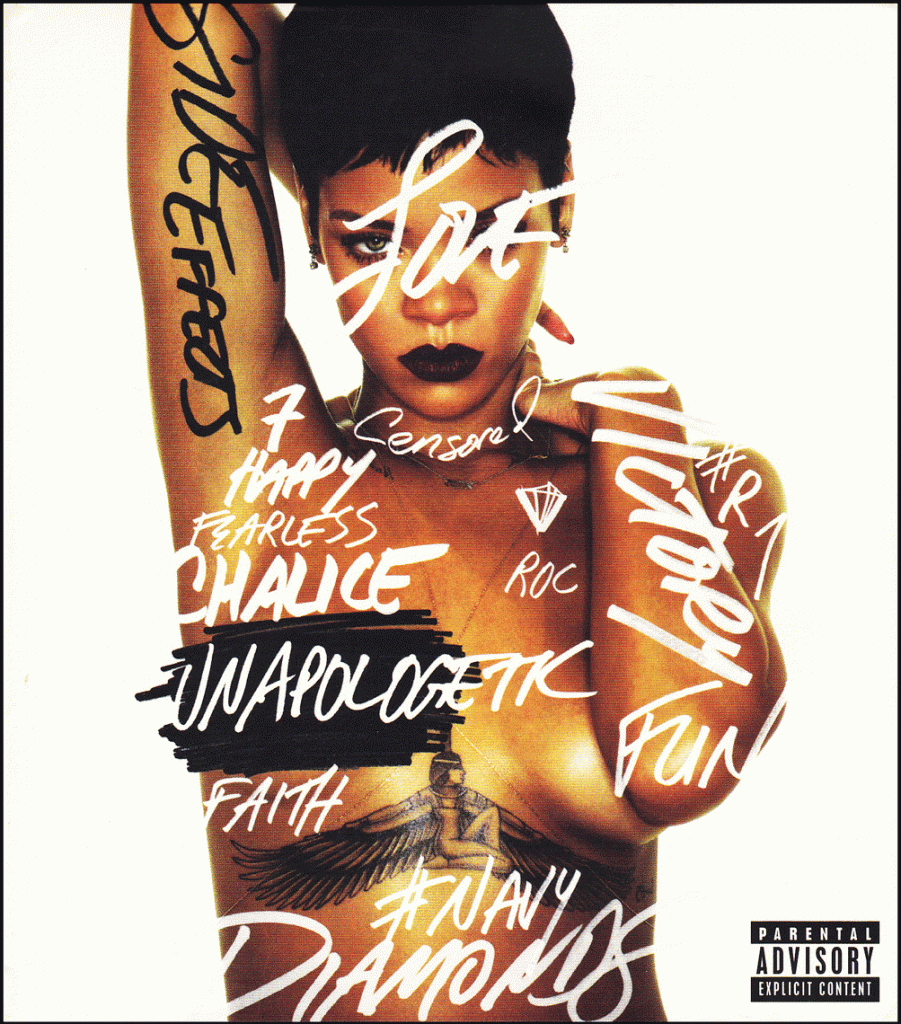
Stay
I’m a button pusher on the car radio, and have always been one. If I don’t like the song—adios. I hate to say it, but easily 70 percent of the songs I that hear I don’t like. Also, I’m not loyal to radio stations (two exceptions being two sports stations in Los Angeles). Colin Cowherd, who left ESPN to produce his own show on Fox and move himself and his family to LA, is an extraordinary interviewer and is as sharp as they come at getting to the core of a subject.
Shortly before I met Pailin on the afternoon and evening of June 15, 2013, at a dinner party at Tujunga House (looking back, perhaps one of the most important days of my life), I had scrolled between FM radio stations and came upon 97.1 AMP Radio in Los Angeles. It featured mostly new music (pop, hip-hop, and so on) and the sounds were alive. One was Stay by Rihanna (from her 2012 “Unapologetic” album). At that time Stay was dominating the airwaves. The first time I heard the song I was hooked. I still am, and as far as I’m concerned AMP Radio is the number one FM music radio station in LA. … I like a lot of the new sounds, for they have life and a heartbeat. … The word “stay” was certainly on my mind at the beginning of Pailin’s my time together, and it will be so for all time. Rihanna’s Stay is a song that I never tire hearing.
Sad Songs, I Feel so Bad, and alley ways
My father used to tell me of his days of growing up in New York and walking miles through snow to get to school. The good old days? Hell, I have my own good old days when I walked 30 miles to school in torrential downpours with water up to my knees. ‘Tis true, except for the distance. … After some eight to twelve elementary schools I was able to settle into two steady years in one school for the 5th and 6th grades. But after graduation a handful of us were separated and yet again I found myself in a new world with few familiar faces. Sutter Junior High School in Canoga Park, California, was a three and a half mile walk or bike ride (a car ride if rain pounded mother earth before it was time for me set out for school). Mostly I walked, and I learned the alley ways that were empty and yet full of music that blasted from open windows in the early morning.

It was at the beginning of my junior high years in 1961 that I heard Sue Thompson’s song Sad Movies (Make Me Cry) for the first time. She sang of a lost boyfriend, and although I was years away from having a girlfriend or any understanding of what love might offer, it touched something inside me.
Walking down the long alley brought me pleasure for many houses blasted their radios. Sue’s Sad Movies introduced me to Rock n’ Roll. It still gets air time at Tujunga House, and it certainly brings back memories of a car chase that had disaster written all over it.
Sad movies still affect me to this day, and there is no set reason why they tear my heart up, but they do. Some of Errol Flynn’s films and more recently Quigley Down Under (1990), Titanic (1997), The Bridges of Madison County (2000), and Blood Diamond (2006).
Soon after I heard my first Elvis Presley song, I Feel so Bad (also 1961). The song’s blues grabbed my soul and it has never let go. There’s something that drives me, and this has often made me a recluse. This is strange for I’m social and I like being around people, but for most of my life I’ve been a loner. … These two songs pushed me to ask for a radio in my bedroom so that I could hear rock ‘n roll and country music at my beck and call. I didn’t get a new radio, but instead the one that had been in my parents’ bedroom. … I was in heaven.
The walks continued to be long, as was the alley.
I was just a boy with visions of Duke Snider (the great Brooklyn Dodgers and Los Angeles Dodgers center fielder making glorious catches in the outfield and drilling home runs to right field), and of course toy pirates, cowboys, and Indians.
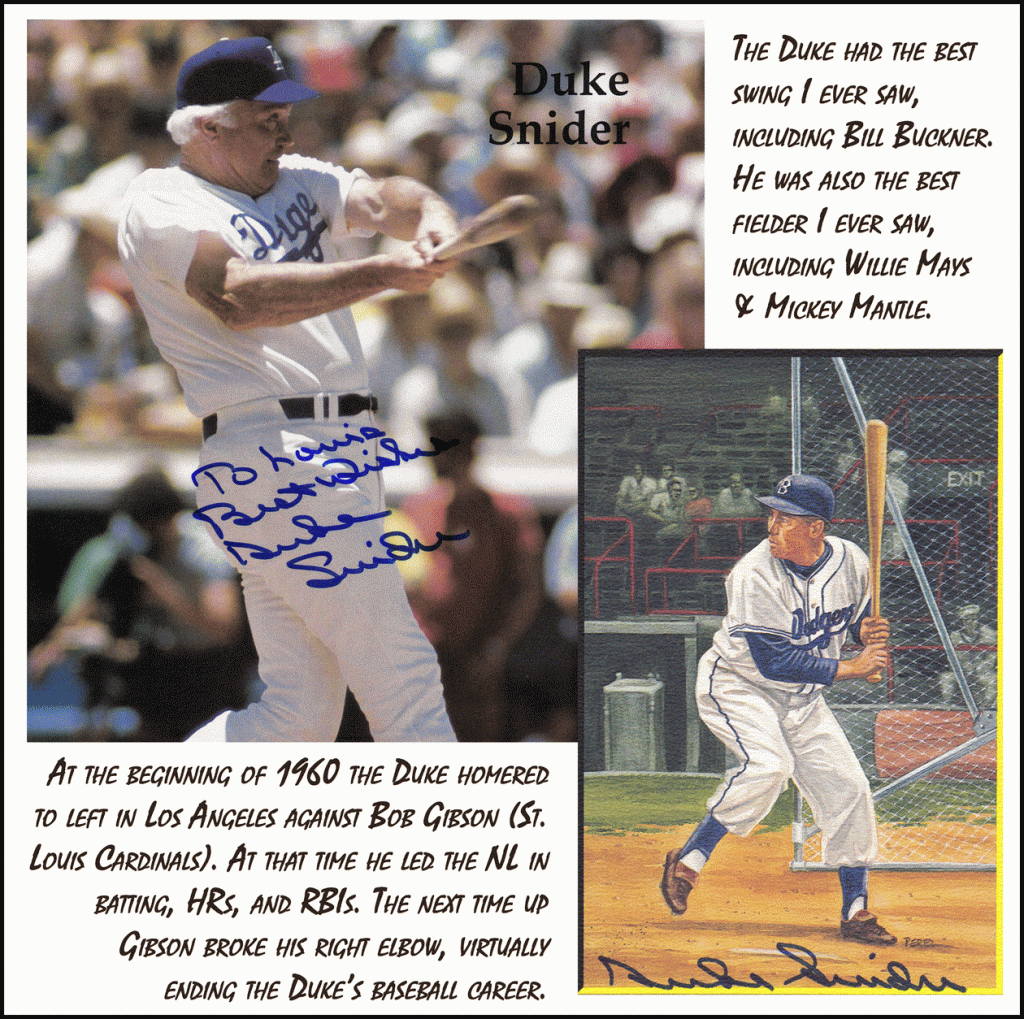

A photo of LK taking practice swings before the seventh game of the first season of the Kool Aid Kids at Winnetka Park in the San Fernando Valley (8dec1980). The first three or four years we played in a city league and always played different teams. During our fourth or fifth year we joined the Chatsworth Park League. They had two leagues with playoffs and then a championship game with the winner of the other league. This was cool because of the playoff system, but also because we played the same teams in our league two or three times each season (there were three seasons each year). Good times for LK, my brother Lee, Tony Graham, and a great group of guys (and their ladies). We practiced together, played together, and partied together. (photo © Louis Kraft 1980)
The “Duke” ruled my world and influenced my immediate future like no other sports star of my early years with but one exception, “Mr. Quarterback,” Johnny U (Johnny Unitas) of the Baltimore Colts, who almost singlehandedly set the National Football League on pace to become “the” American sport of today. I met and spoke with the Duke numerous times but unfortunately I never met Johnny U. I’ve had articles published about the Duke (but have never written about Johnny), and even though I pitched the Duke on a biography, he was already under contract for what would be published as The Duke of Flatbush (1988; written with Bill Gilbert), and he had to turn me down.
| There’s one thing about me; if I want something I go for it. Regardless of my success rate, I have never shied away. You can’t strike out in baseball unless you come to the plate and swing the bat, … you cannot hit a home run in baseball unless you come to the plate and swing the bat. I have never shied away from coming to the plate. Success has good stories, but often failure has better stories. … Just look at the people that I write about. … They stood for equality and human rights, and they had the shit kicked out of them by the U.S. government, the military, the press, and the American population on the frontier, but this didn’t prevent them from doing what they thought was right. |
What I’m really talking about here …
Although I didn’t know it, there would be a lot of Sad Movies in my life. Here I’m talking landing acting contracts, publishing contracts, and my relationships with people. My life has been a long and winding road, and because of this my relationships have surged and fizzled (some friends are forever while others are for a piece of time). I cherish my real friends (and it is just like yesterday when we see each other, talk on the phone, or connect on social media). The others? Glad I knew you. Vaya con Dios.
Early on in my professional life I did everything I could to land an acting or writing contract. I quickly learned not to whip myself if I didn’t land the gig or the assignment while realizing that constructive criticism was one of my best friends and that I should never allow my ego to block or ignore it.
My personal life has been a different story. My success with women is probably no better than my success rate with acting and writing. However, with the ladies, the failures always hurt. What could have been, what I wanted, and what could never be has always remained with me. There have been ladies in my life that have never been part of it, for they have been in it for only for a flash of time. … Good, bad, or indifferent my memories—be them acting, writing, or personal—are always with me. They are in black ink and painted in blues and browns and lighter shades of color. They are in my writing—fiction and nonfiction (yesterday, today, and tomorrow). They are my past and my future. They, along with my lady and my daughter, are my life.
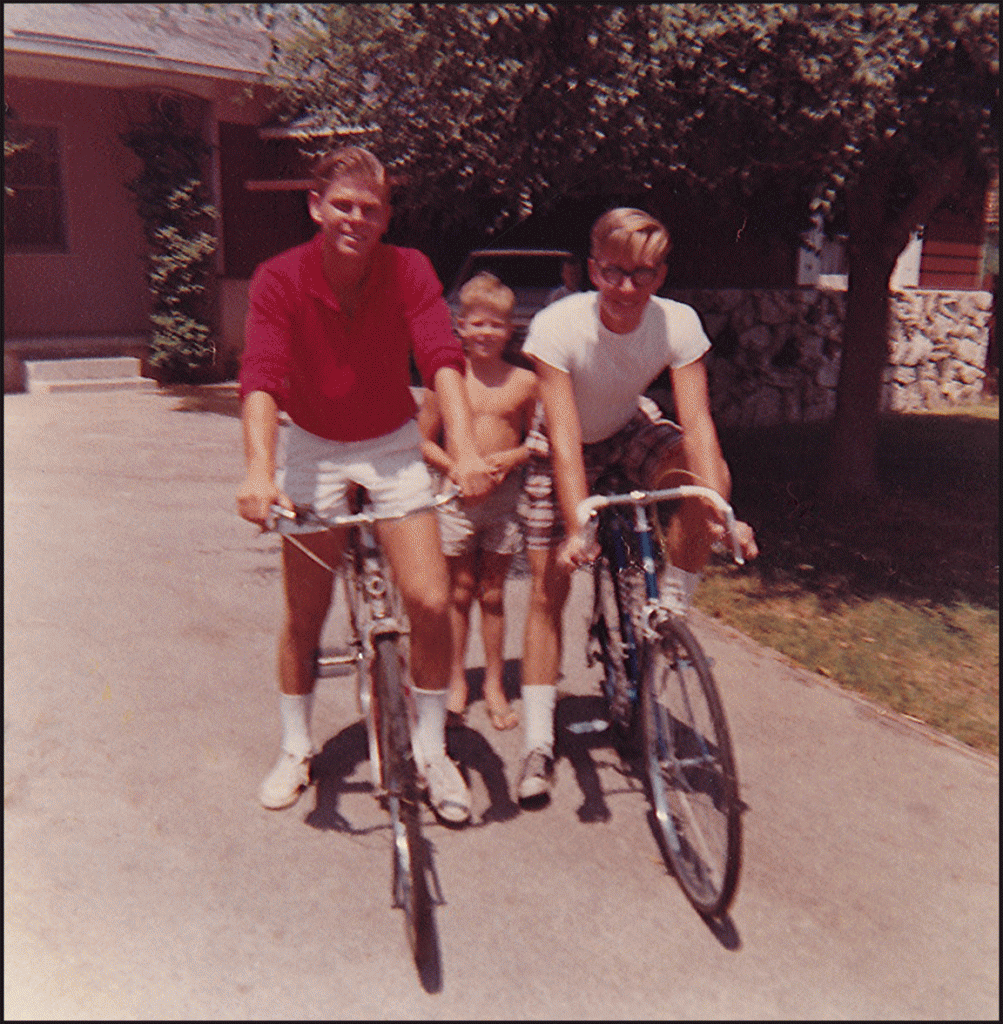
This image was taken with my Brownie Kodak camera in summer 1965, shortly after Dennis Riley (right) and I graduated from high school. The little fellow in the background is my brother Lee. Dennis and I became friends in high school, but our relationship began when we attended different junior high schools but often found ourselves rivals in sandlot sports. (photo © Louis Kraft 1965)
Back to that alley that I walked through come rain or shine
One night in the late 1960s I drove to Dave Pittaway’s parents’ home in Reseda, California, and we went to pick up Dennis Riley at his parents’ house (also in Reseda) in Dave’s car to have a night on the town (they attended Pierce Junior College and I went to San Fernando Valley State College, which would soon become California State University, Northridge).
This was shortly before Dennis enlisted in the Navy. Dave ran a stop sign and cut a car off. Dennis was in the back seat, and when the other driver honked he leaned out an open window and flipped the bird. Suddenly the driver trail-gated us. “Is he crazy?” Dave or Dennis asked. “There’s three of us and one of him.” The race through the streets heated up, and it didn’t take us long to realize that there was another car behind the first and it was well occupied. As we sped west on Sherman Way Dave ran a red light and yanked the car north onto Corbin Avenue (one lane each way). The other two cars were right behind us as we entered the town of Winnetka. The speed had to have been close to 60 mph. I knew where we were, for this was just south of where I walked into the alley and heard Sue Thompson’s Sad Movies and Elvis’s I Feel So Bad. The first car sped by us and now had us sandwiched between our pursuers. We rushed toward the next intersection with a light (Corbin and Saticoy Street). “Dave,” I yelled, “just before we reach Saticoy there is an alley to our left. When we reach it turn into it and almost immediately turn left into another alley!”
The light at the intersection turned green and the first car flew across Saticoy as Dave yanked the wheel to the left and swerved into the alley. The second car, that now tailgated us, had no chance to stop and flew past us and through the intersection.
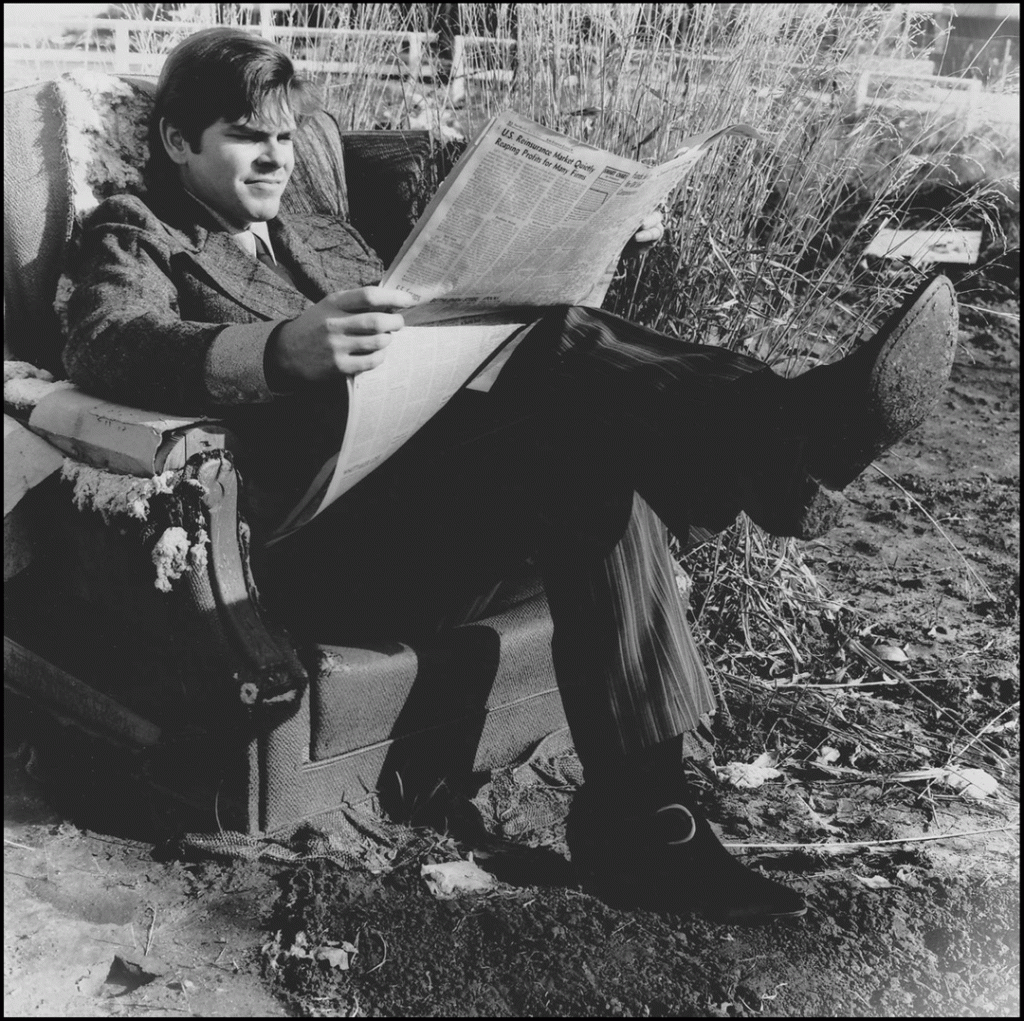
LK’s office in Woodland Hills, Calif., in 1970. Not the best location (the property is worth a fortune today), but I didn’t have to pay rent. … I chose this image as it shows how I looked at the time of this infamous memory. Unfortunately I don’t have any images of Dave Pittaway or another that I can find of Dennis Riley (I should have few of him somewhere). And, alas, there are no images of the chase or of us hiding in the bushes. (photo © Louis Kraft 1970)
“Turn off your lights!” I ordered as Dave braked and fishtailed into the second alley. He turned off the lights as he sped down the pitch-dark and narrow asphalt. If an animal or person stepped in front of us, … it, he, or she would have been roadkill. Dennis and I watched our tail as Dave pressed the gas pedal; our pursuers probably got caught by a red light once they were able to turn around.
“When we reach the end of the alley,” I yelled, “turn right!”
Dave missed this order and the car blindly shot across a residential street and into the rear entry of an apartment building (luckily we weren’t broadsided). Before crashing into a staircase David yanked the steering wheel to the left and then to the right and swung into a vacant parking spot. He was slow with the brakes and the car crashed into the apartment building. Not much damage, but the impact sounded like a bomb. All three of us were out of the car in a flash and out of the complex and into nearby bushes.
Hours passed, and we saw and heard nothing. We ventured back into the apartment’s parking lot. All was quiet; it didn’t even look as if anyone had noticed a strange auto. Luckily our evening had ended on the bright side. That is, we didn’t have to engage in a brawl.
One of the greatest albums ever …
I liked Johnny Cash a lot at the time of his primetime TV variety show that aired between June 1969 and March 1971 (Michael Parks was a guest at the time of my favorite TV show of all time, Then Came Bronson (1969-1970)—more on Parks below). At that time Big John released a slew of impressive albums, but best I loved his duets with his wife June Carter Cash on TV (I could see the fun in their love, for it transcended whatever problems they struggled with throughout their lives together).
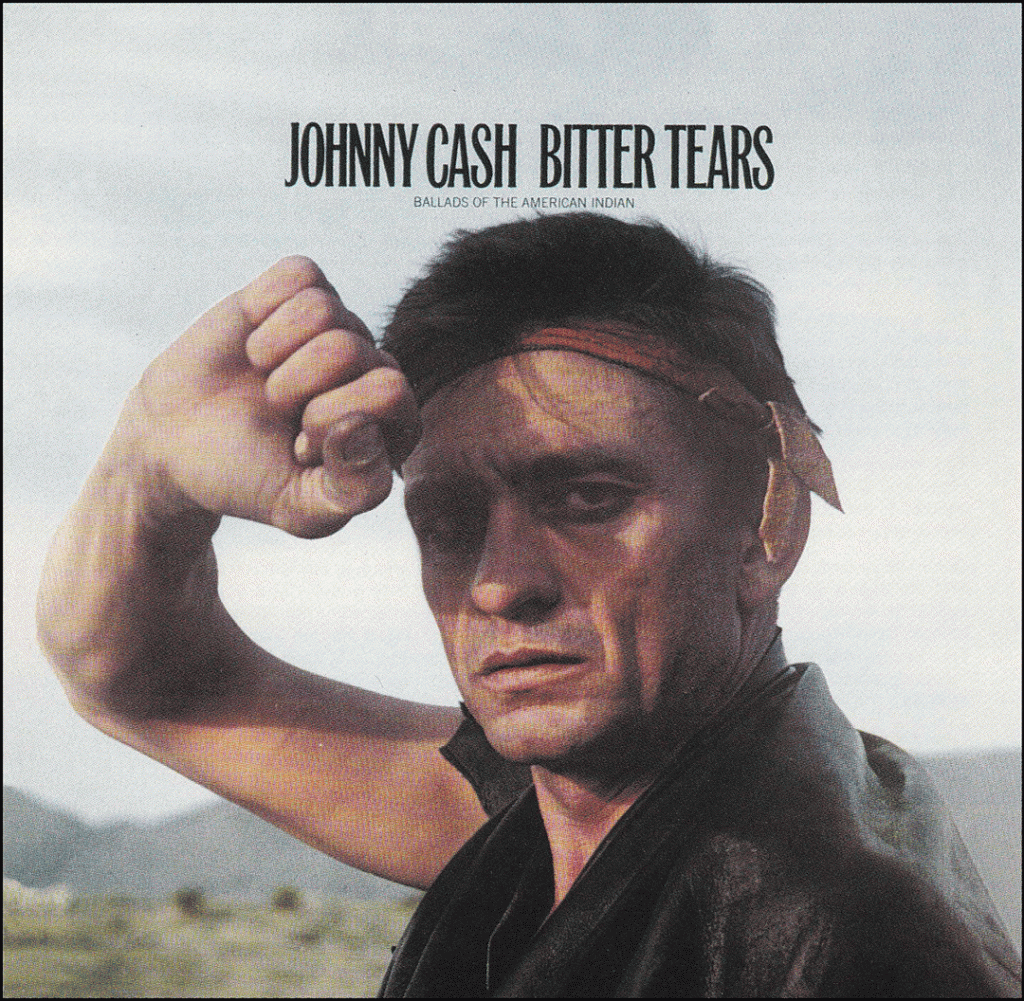 Earlier Johnny had cut an album that was obscure, and yet he sang the songs with power and passion. It dealt with American Indians from their point-of-view (POV). Not a popular POV in the 1960s or unfortunately still in the 21st century. There are eight cuts on the album and seven of them are extraordinary. The album was called “Bitter Tears.”* This album grabbed my soul, and it has never let go of it. … Especially As Long As The Grass Shall Grow, Apache Tears, Drums, White Girl, and The Vanishing Race. Johnny had written Apache Tears and The Talking Leaves while folksinger and song writer Peter La Farge wrote five songs, and Johnny Horton wrote The Vanishing Race.
Earlier Johnny had cut an album that was obscure, and yet he sang the songs with power and passion. It dealt with American Indians from their point-of-view (POV). Not a popular POV in the 1960s or unfortunately still in the 21st century. There are eight cuts on the album and seven of them are extraordinary. The album was called “Bitter Tears.”* This album grabbed my soul, and it has never let go of it. … Especially As Long As The Grass Shall Grow, Apache Tears, Drums, White Girl, and The Vanishing Race. Johnny had written Apache Tears and The Talking Leaves while folksinger and song writer Peter La Farge wrote five songs, and Johnny Horton wrote The Vanishing Race.
* In 2014 an album was released called “Look Again to the Wind: Johnny Cash’s Bitter Tears Revisited,” with various artists including Kris Kristofferson, who sang The Ballad of Ira Hays, recreated Cash’s original recordings. Perhaps I’m too-closely attached to Johnny’s album, for even though I play this album fairly often I find it lacking passion and weak in comparison. Rhiannon Giddens wrote additional lyrics for The Vanishing Race, arranged and sang the song, and her performance is by far the best on the album. There is one additional song, Look Again To The Wind (written by Peter La Farge).
In the 1960s I had no idea that I’d become a writer, much less a writer about the American Indian wars. I had no idea that I would come to realize that the Indians (Cheyennes, Apaches, Navajos, and many-many-many other tribes) fought for their loved ones, their homeland, their religion, their culture, their freedom, their lifeway, and their lives). John’s voice was (and still is) alive, vibrant and, his POV on the album is clear.
Rhiannon brings back memories of Patsy
I first heard Rhiannon Giddens on the “Look Again to the Wind: Johnny Cash’s Bitter Tears Revisited” album, and liked what I heard. I searched for her on Amazon and found that she was the lead singer for the Carolina Chocolate Drops. I listened to a lot of the short cuts from the group’s music (it goes back in time, and is alive with rhythms and emotions), but before making a decision to purchase one of the Carolina Chocolate Drops albums, Rhiannon’s first solo album was released in 2015 and I purchased it after listening to partial cuts.
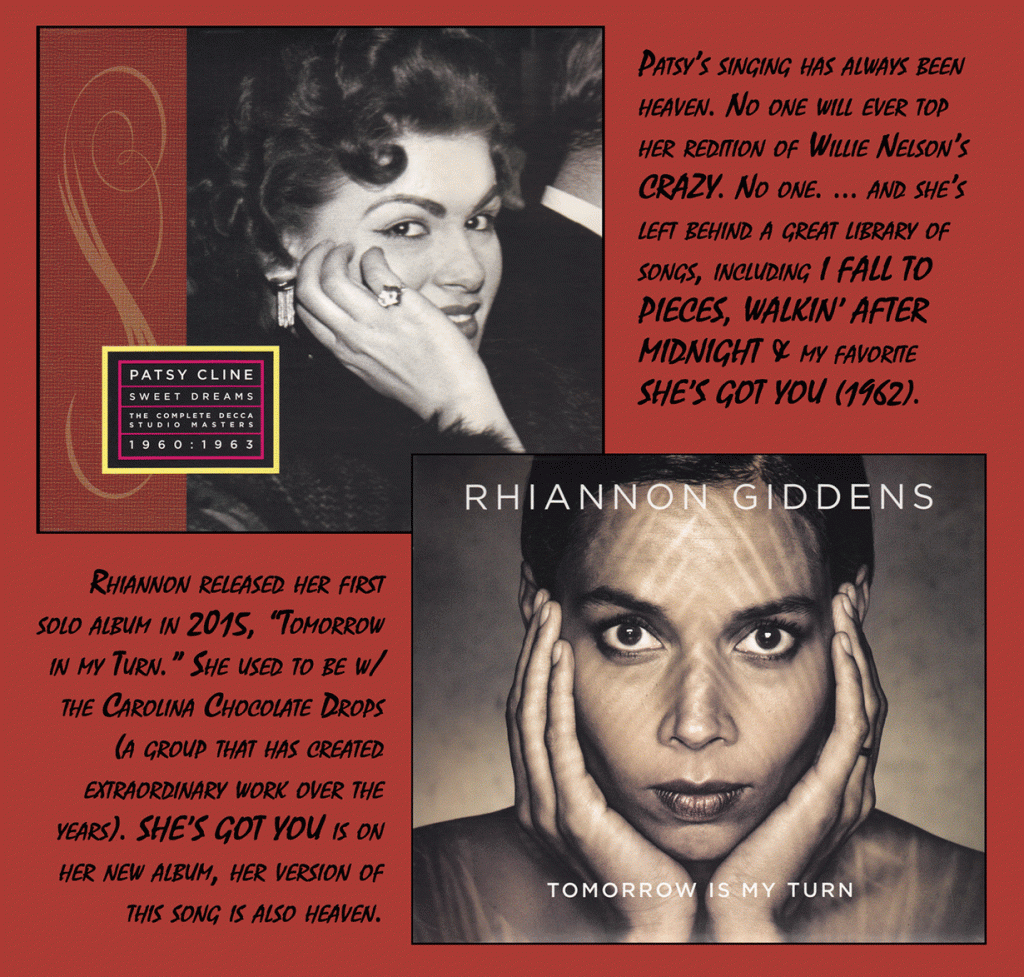 Rhiannon’s music has range and diversity. She also sang one of my all-time favorite pop songs from the early 1960s—She’s Got You—on her solo album. I loved this song the first time that I heard Patsy Cline (who tragically died in a plane crash on 5mar1963) sing it.
Rhiannon’s music has range and diversity. She also sang one of my all-time favorite pop songs from the early 1960s—She’s Got You—on her solo album. I loved this song the first time that I heard Patsy Cline (who tragically died in a plane crash on 5mar1963) sing it.
Patsy has always been my favorite female singer of all time, and Rhiannon has already become one of my favorites. If you don’t know these ladies’ music, you should.
Linda Ronstadt, cars, and Lee
Linda Ronstadt was inducted into the Rock n’ Roll Hall of Fame in 2014, and justifiably so. In 1974 my brother Lee (18 at the time) worked at a car dealership in the San Fernando Valley (if I ever want to talk about bullshit, I can certainly do it here). I was an actor looking for employment (read attempting to bring in money when not acting).
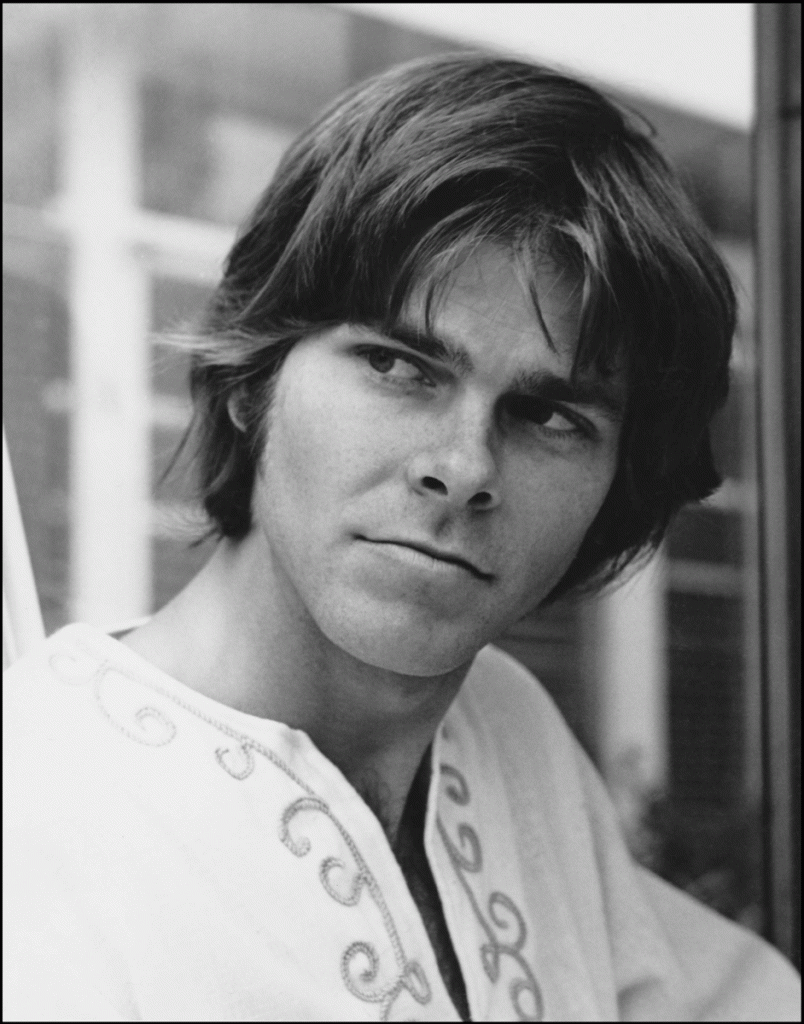
This photo was taken at California State University, Northridge, and it is what I looked like when I drove American Motors autos, and later worked in the dealership’s auto body (where I was almost executed; the manager’s quick action saved me when he killed all the power in the shop and I dropped to the ground). (photo © Louis Kraft 1973)
Linda’s You’re No Good sizzled on the radio. Regardless of what you think about me I do like to eat, and I’ve always provided for people in my life. Lee landed me a job at the dealership. At the time American Motors was limping down a dead-end road but the company hadn’t realized it yet (or maybe they did). The only car they produced worth anything was the Javelin, a fast pony car. The job was simple. Drive new cars to LAX (Los Angeles International Airport) rental lots or newly painted police cars to their destinations (these were Matadors), and yes, I pushed those beasts to the limit w/o cracking up a one—hell, I had to ensure that the LAPD were getting cars that could fly. Good times with Lee, and within six years we would start a softball team with friends. Lee and I would play ball year round for the next 10 years. Ten great years until his untimely end.
We’ve all seen a lot of death, and I know that it is hard on all of us. The death of my sister in 2006 marked the end of my entire immediate family except for my daughter. Luckily I still have her, and my lady.
I’ve always been good with people. All races, all religions, all colors. I thank my parents for this, but until 1970 I never had an inking of the trail that my life would follow.
Enter two men whose music blows me away to this day
As said above singer/songwriters are front and center in my life, but there is one singer that stands before them—Michael Parks. That means that he, along with Alan Jackson and John Lennon are the major players in my musical vocal life.
Alan Jackson
I was aware of Alan’s work early in his career; at that time Los Angeles radio stations still played decent country music. His sound is traditional, honky tonk, with a touch of blues. Unlike many performers he has again and again branched into other genres from blue grass to religious while remaining true to his roots.
In 1992 a divorce was final and my daughter and I moved into an apartment in Woodland Hills, California (I had her every other week, the result of a costly negotiation but worth every penny). At this time Alan had a major hit on the radio, Midnight in Montgomery (w/Don Sampson). Some of the lyrics are: “It’s midnight in Montgomery … Just hear that whippoorwill … See the stars light up the purple sky … Feel that lonesome chill … When the wind is right you’ll hear a song … Smell whiskey in the air … Midnight in Montgomery … He’s always singing there.” He is the legendary Hank Williams. This song grabbed me and has never let go.
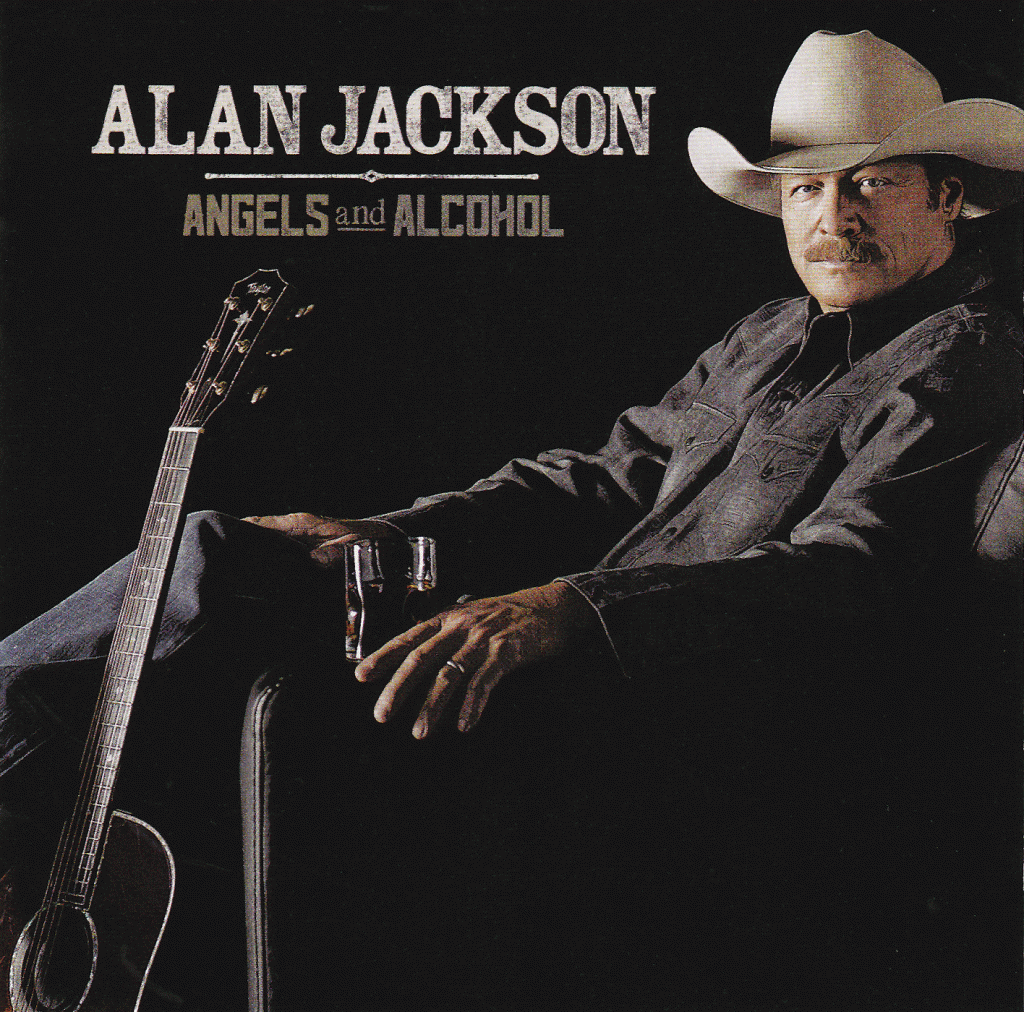 My daughter and I had a used mattress on the floor, a love seat, and folding chairs. I had my computer, two large book cases, and my books and research. Here I wrote a contracted novel about Kit Carson that would never see print. The publisher dropped their western line and when I threatened to sue, my agent talked me out of it. Tragedy? No! For I had my daughter and soon a contract with friend Dick Upton (Upton and Sons, Publishers) to write and design a nonfiction book on Custer’s peaceful roundup of the warring Cheyennes and Arapahos on the southern plains in 1869. … This time, this short time, in Woodland Hills (April 1992-January 1993), was, and still is, a major piece of my life. … Every time I hear Alan’s Midnight in Montgomery, it brings me right back to nine plus glorious months in my life.
My daughter and I had a used mattress on the floor, a love seat, and folding chairs. I had my computer, two large book cases, and my books and research. Here I wrote a contracted novel about Kit Carson that would never see print. The publisher dropped their western line and when I threatened to sue, my agent talked me out of it. Tragedy? No! For I had my daughter and soon a contract with friend Dick Upton (Upton and Sons, Publishers) to write and design a nonfiction book on Custer’s peaceful roundup of the warring Cheyennes and Arapahos on the southern plains in 1869. … This time, this short time, in Woodland Hills (April 1992-January 1993), was, and still is, a major piece of my life. … Every time I hear Alan’s Midnight in Montgomery, it brings me right back to nine plus glorious months in my life.
Alan Jackson’s songs from I’ll Go On Loving You (by Kieran Kane) to Gone Country to Don’t Rock the Jukebox (w/Roger Murrah and Keith Stegall) to She’s Got the Rhythm (I Got the Blues) w/Randy Travis to (his song that deals with 9/11) Where Were You (When the World Stopped Turning) to Remember When (my favorite of all time) to Angels and Alcohol).
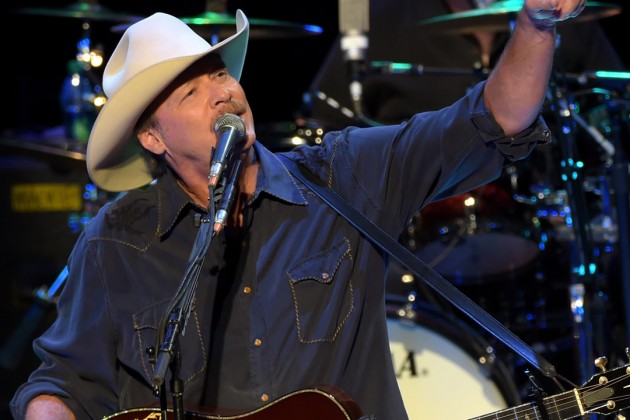
Alan Jackson announces his “Keepin’ It Country” tour in 2016.
Alan returns to SoCal for a concert this year. I had seen him several years back in Orange County (a great concert). He’ll be at the Honda Center in Anaheim, California, on April 16. I prefer close seats, and prices have gone up since last I saw Alan (high $200s to low $300s per ticket for good seats). Doable? Doubtful. But Pailin likes his music. November, December, and January have been disasters money wise. February will be also. Still? …
Although I hate lists, I could easily come up with a top 10 songs of all time list. Ladies and gents, this list is totally personal. Kris Kristofferson’s Sunday Morning Coming Down would make the list, as would Michael Park’s rendition of Wayfarin’ Stranger. Definitely Tex Ritter’s The Cookson Hills and most likely Patsy Cline’s & Rhiannon Giddens’ renditions of She’s Not You (two for one here). I can’t forget Rihanna’s Stay. That leaves John Lennon and Alan Jackson. Certainly Lennon’s Imagine and Jackson’s Remember When are on the list. (John and Alan will claim the final three spots, and this won’t be easy). … Ladies and gents, I always remember when.
John Lennon
That’s right, John Lennon! He is major in my life, but surprisingly he was a late entry for me mainly because I didn’t much care for the Beetles. Oh, they had some great songs, such as George Harrison’s My Guitar Gently Weeps and the Sun’s Going to Shine. But for me the greatest Beetles song was Paul McCartney and John Lennon’s A Day in the Life. This song was an eye-opener—then and now. It grabs me every time I hear it. The shock of the tragedy is stunning, and it refuses to let go of me. After our brother Lee died, my sister and her husband wanted to use Highwayman at his service and I agreed, but it may not have been the correct choice. Looking back, I believe that the song should have been A Day in the Life.
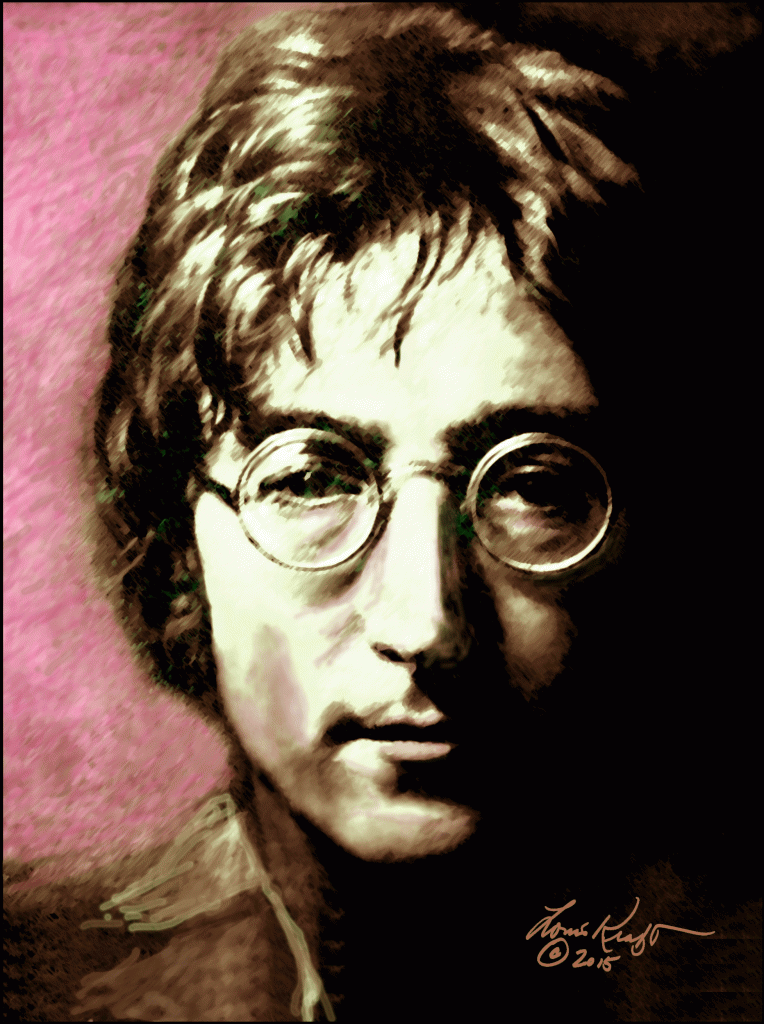 It was a cold night in December 1980 when the Kool Aid Kids had a softball practice at Winnetka Park in the San Fernando Valley. Lennon’s joint album with his wife Yoko Ono had recently been released and some of the songs had play time on the radio. I had heard one or two of the songs, which were different in that they focused on a relationship between a man and a woman (something that Alan Jackson has excelled at) and I liked them. Moreover, Lennon’s single Imagine, which he created after the Beetles’ demise, had never been a button pusher on the car radio, for I always listened to it. I was roughly 10 years older than most of the fellows on the ball team that Lee, his great friend Tony Graham, I, and others had created. It was just a night of practice late in the team’s first year of existence. One of the fellows mentioned that John Lennon had been shot and killed at the entry to his apartment in Manhattan, New York City. Most of the team didn’t react, didn’t care. I did. I was shocked. Death and murder always shocks me, and I suppose that is why most on my writing has focused on people who put their lives at risk to prevent or end war (and all the heinous crimes that accompany it).
It was a cold night in December 1980 when the Kool Aid Kids had a softball practice at Winnetka Park in the San Fernando Valley. Lennon’s joint album with his wife Yoko Ono had recently been released and some of the songs had play time on the radio. I had heard one or two of the songs, which were different in that they focused on a relationship between a man and a woman (something that Alan Jackson has excelled at) and I liked them. Moreover, Lennon’s single Imagine, which he created after the Beetles’ demise, had never been a button pusher on the car radio, for I always listened to it. I was roughly 10 years older than most of the fellows on the ball team that Lee, his great friend Tony Graham, I, and others had created. It was just a night of practice late in the team’s first year of existence. One of the fellows mentioned that John Lennon had been shot and killed at the entry to his apartment in Manhattan, New York City. Most of the team didn’t react, didn’t care. I did. I was shocked. Death and murder always shocks me, and I suppose that is why most on my writing has focused on people who put their lives at risk to prevent or end war (and all the heinous crimes that accompany it).
Believe it or not more than a few people actually turn their backs to me when I am present at events as a writer or speaker. This always gives me lift, and sometimes a thrill, as I mind-play going for a walk with them down a dark and lonely road so that we can discuss their problems. … Alas, those days of mine are long gone and have faded into my past. My rebel rousing days are simply memories now. If in the presence of a racist in LA today I will verbally confront them. … I think that the last time this happened was at a late-night dinner after I was a guest interviewee on an hour-long local Los Angeles radio station in 2010. When the radio show’s host and I decided to go for dinner another radio show host wormed his way into joining us. During the evening his words (the other radio host) became more and more racial, so much so that they weren’t worth a comment. I started to grin, and this unnerved him. “What’s your problem?” he snarled across the table. “You,” I replied, “you’re a racist.” I don’t say words like this unless I am prepared to back them up. On this evening I felt combative, for the—the I don’t know what to call this person—the “something” had leaped to his feet as he verbally defended himself and attacked what I had said. I smiled, my best Clint Eastwood smile. This unnerved him and he sat down. The rest of the evening rushed toward conclusion without nary another comment from my new acquaintance. After we paid, he leaped to his feet and while keeping his distance from me he ran for the exit. As the radio host and I left the restaurant I apologized for what had happened. He accepted my words, adding that I had been correct.
Maybe, but although he told me that night that I’d again be a guest on his show I’ve never been invited back.
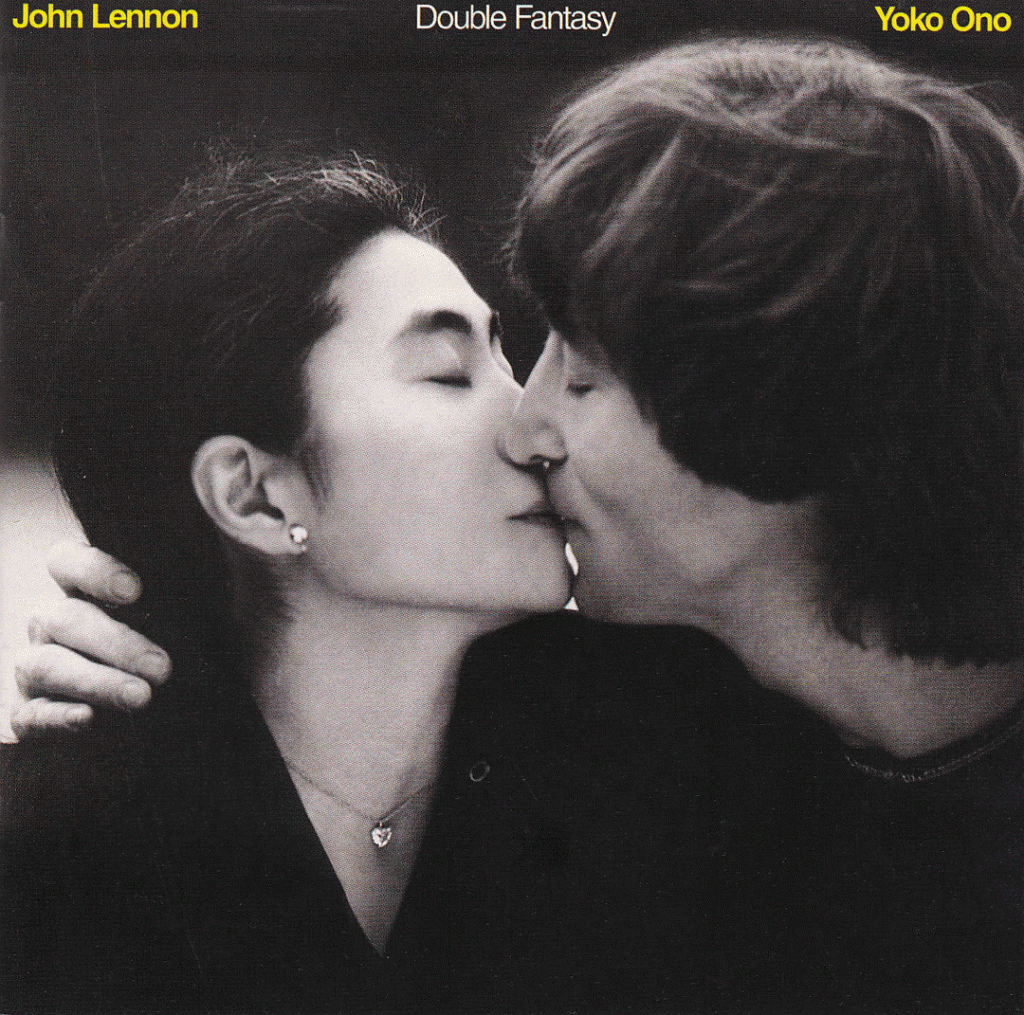 John’s murder pushed me to explore his music, beginning with his newly released album with Yoko Ono, Double Fantasy. At first I wasn’t certain how I felt about this album other than it was different and was from the heart (two hearts; John’s and Yoko’s). This album changed my view of music, and certainly of Lennon (and Yoko). Country ballads and straight rock ‘n’ roll suddenly needed a reason to exist. This immediately gave value to Kris Kristofferson’s songs and opened the door for me to listen to Alan Jackson’s great songwriting (see above). John’s music had range and power and focus, and when you add in his values such as antiwar and peace, women equality, love, and his work grabbed me like no others before or after. Alan’s songwriting is close, for he has certainly focused on the human condition and has touched upon our world of yesterday and today—his Where Were You (When the World Stopped Turning) is extraordinary—and he is often dead-on with his subject matter, but John took his views to the next level (and this was before Alan’s time).
John’s murder pushed me to explore his music, beginning with his newly released album with Yoko Ono, Double Fantasy. At first I wasn’t certain how I felt about this album other than it was different and was from the heart (two hearts; John’s and Yoko’s). This album changed my view of music, and certainly of Lennon (and Yoko). Country ballads and straight rock ‘n’ roll suddenly needed a reason to exist. This immediately gave value to Kris Kristofferson’s songs and opened the door for me to listen to Alan Jackson’s great songwriting (see above). John’s music had range and power and focus, and when you add in his values such as antiwar and peace, women equality, love, and his work grabbed me like no others before or after. Alan’s songwriting is close, for he has certainly focused on the human condition and has touched upon our world of yesterday and today—his Where Were You (When the World Stopped Turning) is extraordinary—and he is often dead-on with his subject matter, but John took his views to the next level (and this was before Alan’s time).
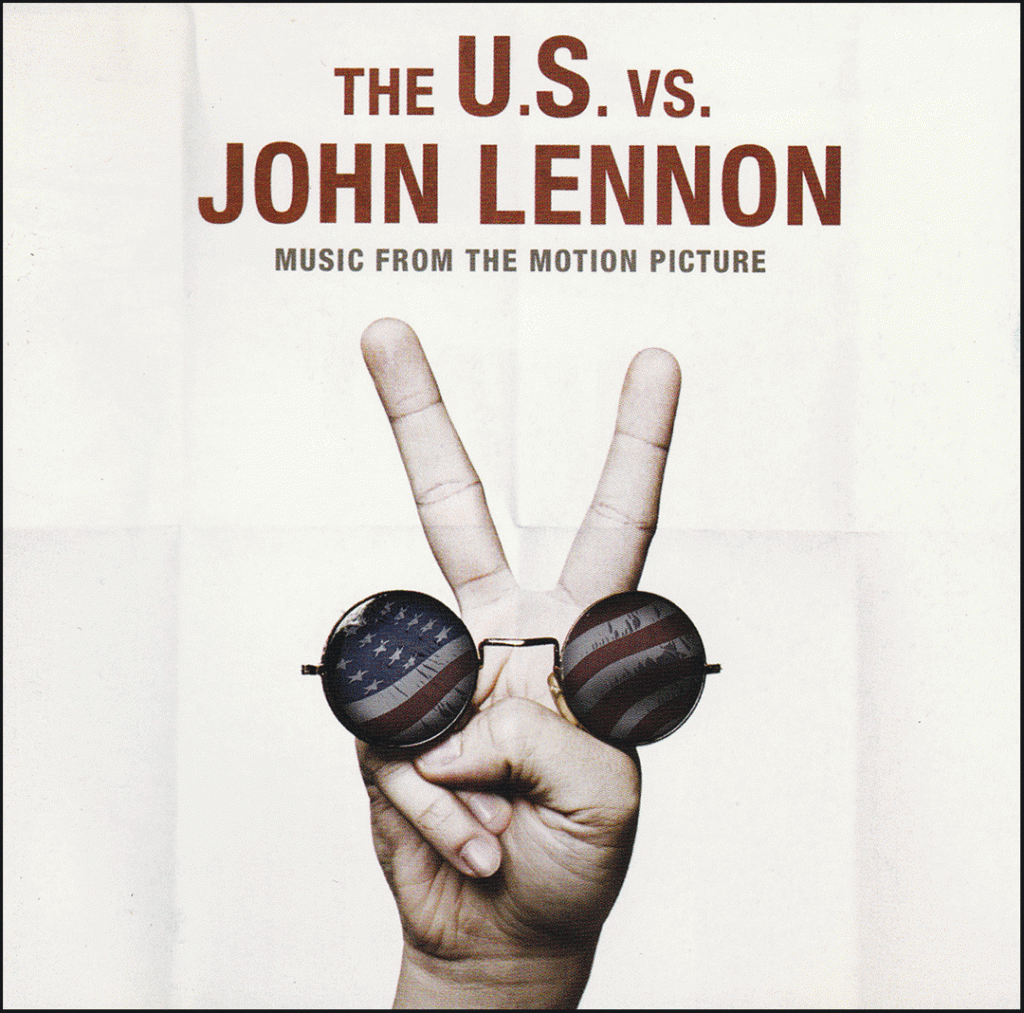 A former girlfriend (Diane Moon) latched onto Lennon and Jackson’s music and liked it. Later she would say that both had “tinny” voices. Correct, but it is the words and the performance and not the magnificence of the voice. Her voice was extraordinary. At the Methodist Church in Burbank, California, the members couldn’t believe the sounds coming from her when she sang at Sunday services. She had studied music in her native country, was a great piano player (and taught piano), but her voice was God-given. It had the power and intimacy of Adele’s in the current hit Hello.
A former girlfriend (Diane Moon) latched onto Lennon and Jackson’s music and liked it. Later she would say that both had “tinny” voices. Correct, but it is the words and the performance and not the magnificence of the voice. Her voice was extraordinary. At the Methodist Church in Burbank, California, the members couldn’t believe the sounds coming from her when she sang at Sunday services. She had studied music in her native country, was a great piano player (and taught piano), but her voice was God-given. It had the power and intimacy of Adele’s in the current hit Hello.
Lennon, more than most people I have known or have respected, put his life at risk and pushed the envelope. President Richard Nixon had him on his hit list for Lennon dared to speak out and sing about peace and the end of the Vietnam war. God bless Mr. Lennon for daring to stand firm for what he believed. In a small way I have attempted to change attitudes towards the human experience in history, but John touched a nation (the USA), a good portion of the world, and perhaps even his homeland (Great Britain). His music affected me in 1980 and still does today. He, along with Alan, will be with me forever.
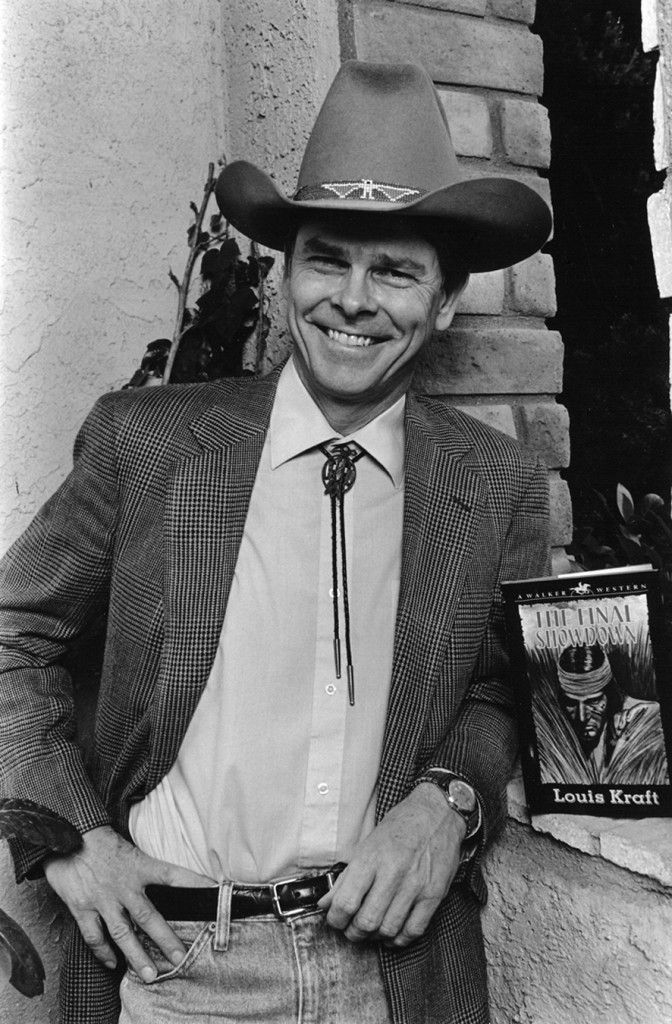
The Final Showdown was published in 1992. This image was taken in the entry to my former home in Thousand Oaks. Afterward the photographer and I finished the photo session on a hill just south of the 101 freeway in Ventura County. (photo © Ventura News Chronicle 1992; used by permission)
A book sale and Quittin’ Time
The acting had been gone since 1985, but the years drifted forward at an alarming pace. The best thing I had going for me was the freelance writing. I had morphed into a publications manager and freelance writer for pay. Years passed and the year 1990 started poorly. It began with a knee operation (I used to run 3 ½ or 7 miles per day; I have one recommendation—don’t do it). Next I received a great review from the editor-in-chief where I was publication manager only to be told that I would receive an $8,000 pay cut (yeah, times were tough back then too—so much for the good ol’ days). I quit and within a couple of weeks I landed a technical writing job based upon my freelance writing and publishing background. But before I started my brother died in an auto wreck. A handful of days over two months into 1990 and I had begun to wonder if I would survive the year.
“The times, they are a changin’,” to quote Bob Dylan.
That summer my former wife and I bought a house in Thousand Oaks, California, without selling our home in Encino. The house was a half block walk into the Santa Monica Mountains. It had a pool (I had grown up a fish and swimming has always been a part of my life) but I didn’t live in Wonderland and this new round of swimming wouldn’t last.
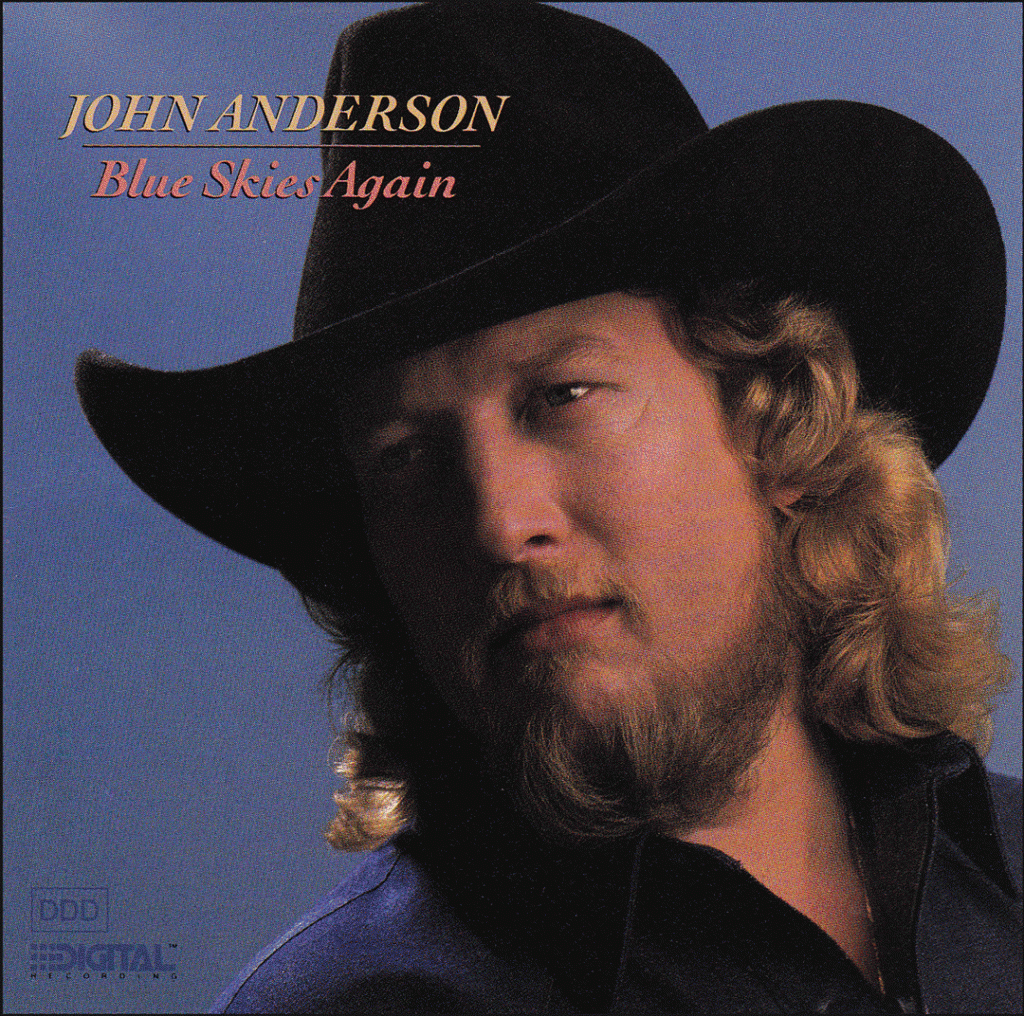 But this went right by me.
But this went right by me.
It was still 1990 when a verbal pitch landed a contract for The Final Showdown. Life couldn’t be better.
I’ve always enjoyed entertaining, and the summer of 1990 was terrific.
At least on the surface, … I lived in a great new home, swam, had a book contract, and friends and family visited on the weekends. That summer of 1990 was one I’ll never forget as my daughter learned to swim, and Dejah Thoris (a Doberman named after the princess of Mars, and the kindest and most loving animal I’ve ever known) also learned that she could swim.
… But the seeds were in place.
By the summer of 1991 things had changed. Pool parties and barbecues had become mostly a one-man show. When people came over to hang out, eat, and enjoy the pool, my then wife was mostly a no-show. When asked where she was I didn’t tell the truth, but simply said that she didn’t feel well.
At this time John Anderson’s Quittin’ Time, off his great 1987 “Blue Skies Again” album, got a lot of playing time in Thousand Oaks.
The 1982 Jerry Reed song She Got the Goldmine (I Got the Shaft) summed up what would soon happen.
The divorce became final in April 1992. I remember feeling a release while driving my 1982 Ford F-150 pickup that day.
For the record, my former wife and I have done everything
possible to befriend each other and to make our daughter’s
life as good as possible. I don’t know of a song that
deals with this. If there aren’t any, there should be,
for salvaged relationships are important.
Michael Parks and his music
I had seen some of Michael Parks’ early films and I had been impressed.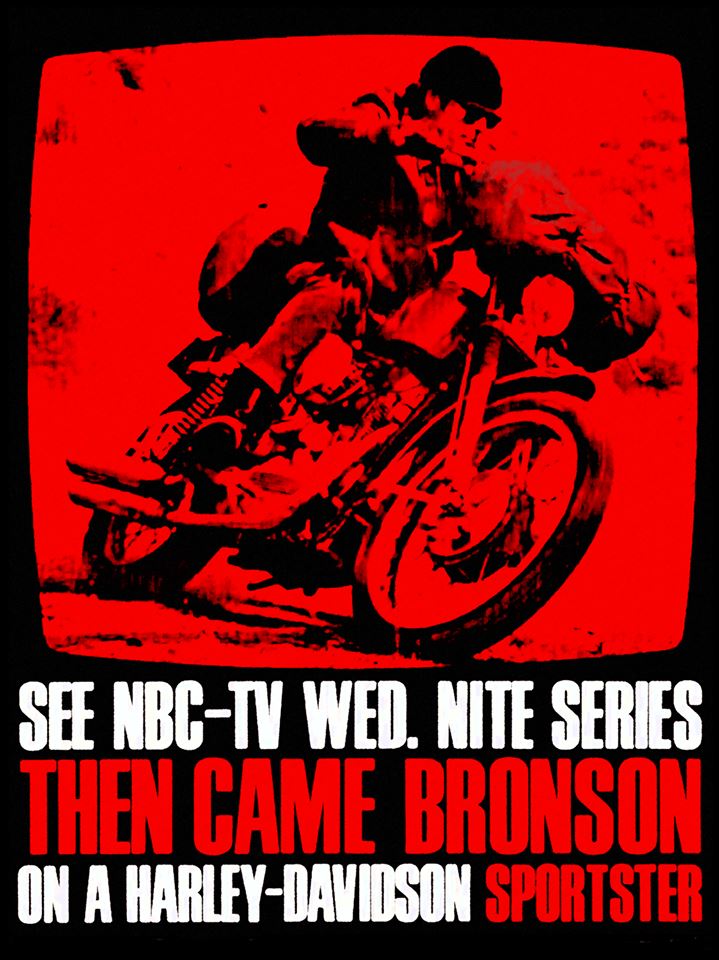 In 1969 a TV show premiered. It was called Then Came Bronson, and it affected my life more than any film or TV series has before or after it. Parks was the lone recurring character as every episode had different players. In the pilot, with Bonnie Bedelia, Parks, accompanied by Bedelia, sang Wayfarin’ Stranger. It is a religious song, and it became my favorite song of all time the first time I heard it in the pilot (unfortunately the duet version with Bedelia has never been placed on a record or CD).
In 1969 a TV show premiered. It was called Then Came Bronson, and it affected my life more than any film or TV series has before or after it. Parks was the lone recurring character as every episode had different players. In the pilot, with Bonnie Bedelia, Parks, accompanied by Bedelia, sang Wayfarin’ Stranger. It is a religious song, and it became my favorite song of all time the first time I heard it in the pilot (unfortunately the duet version with Bedelia has never been placed on a record or CD).
The producers followed up with what they presented in the pilot, and that is Parks sang songs—mostly country leaning toward country blues with some that were almost pop. This of course led to an album, Closing the Gap. Every cut on this album is classic, but my all time favorite (other than Wayfarin’ Stranger) is Oklahoma Hills, which certainly dates back to at least Jack Guthrie and 78 rpm records).
In 1995 Custer and the Cheyenne was published by Upton and Sons, and I had a major talk on George Armstrong Custer’s peaceful roundup of the Cheyennes and Arapahos in 1869 after the battle of the Washita which resulted in Cheyenne Chief Black Kettle’s death in November 1868. My daughter accompanied me on the trip; first to Taos, New Mexico, where we hung out while I tried to figure out what I’d say, and then to Amarillo, Texas, for the talk. In Amarillo, a city I’m not thrilled about, there is a cool steak house, which is also a tourist trap as it is right off I-40. She and I had eaten there about three years earlier, when we tracked Custer, the battle of the Washita, and then his pursuit of the Arapahos and Cheyennes onto the Staked Plains of Texas. My memory of Amarillo is of wind and more wind. If you are going to wear a broad-brimmed hat you had better hold onto it or it will end up in the next county. On our first visit two strolling cowboy singers with guitars stopped at our table and asked if we’d like to request a song. I said,”Oklahoma Hills.” The two singers sang it without missing a beat (a nice job) and my daughter was impressed (so was I). Every time I hear Parks’s version of this song, he brings me right to my daughter and all of our road trips over the years (so many that I can’t count them all). Every one of these trips has been a highlight in my life.
If I’m sounding a little melancholy here, my apologies. Sometimes things don’t go as you want and hope. I’m in one of those zones right now.

LK art of Michael Parks in concert at the Santa Monica Civic Auditorium on May 22, 1970. I had purchased expensive tickets but we were seated about midway in the auditorium. B.S.!!! I talked it over with my then wife, who was a photographer, and we decided to move to the front of the stage and kneel down in front of the first row of seats. She had her camera and clicked away, and best, no one bothered us. This image, blasted from both high and low stage lights, and was unusable. I turned it into artwork. … Michael Parks is by far the best singer I have ever listened to perform (on records/CDs or in person), and this includes Tex Ritter, Elvis Presley, Waylon Jennings, Willie Nelson, and the great Alan Jackson. (art © Louis Kraft 2015)
Years later I worked on a pilot called Turnover Smith, a proposed TV series with William Conrad playing the leading character, a detective, and Belinda J. Montgomery, a young actress that I personally knew at that time due to her family being my father-in-law’s patients (he was one of the leading general practitioners in Los Angeles at that time) played Conrad’s assistant. Parks was a detective in the pilot. I lucked out and got to work on the pilot. I hung out with Belinda, spent good time with Conrad, and best for me I hit it off with Parks. We spent a lot of time together over the course of three weeks; maybe four.
He was working on an album that he called “My Horse Came Back,” and asked if I had a tape recorder as he’d lend me a tape of the cuts in their current status. I didn’t have a tape recorder at that time and never heard the songs. Michael had four albums (plus a “best of” album) that dated from Then Came Bronson years and the aftermath. All were country and country blues and they are my favorite albums of all time.
Decades passed, before he released an album that I only heard for the first time in 2015. It was jazz (not my kind of music, but Michael’s), and in 1998 he released his final album (to date), “Coolin’ Soup.” It is mostly jazz, but there are two country blues cuts that I really like.
Back to Wayfarin’ Stranger …
I’m evil, and I will live a long time. I’m front and center in what I need to do to make this happen, and I work at it every day. There are two reasons, and both are of major importance to me.
1) I need to ensure that my lady and daughter survive in a harsh world. They are both innocents and need someone to watch over their shoulders, to protect them, and to keep them safe. To do this I need another 40 or more years.
2) I have a stack of books I want to complete and see published.
Ladies and gents, the above is my life.
Of course the end will come. When it does, I want Michael Parks’ rendition of Wayfain’ Stranger to play at my service (if there is one). I also want Ry Cooder’s instrumental version of Wayfarin’ Stranger from his Geronimo: An American Legend film score, as well as his La Visita. These three pieces and no others. … Not to worry. This is a long way off in my future.
Six staples are about to be removed from my head.
Life is good, and I’m enjoying every minute.

